 Abraham Lincoln
If given the truth, the people can be depended upon to meet any national crisis...
Abraham Lincoln
If given the truth, the people can be depended upon to meet any national crisis...
 Guildford news...
for Guildford people, brought to you by Guildford reporters - Guildford's own news service
Guildford news...
for Guildford people, brought to you by Guildford reporters - Guildford's own news service
Birdwatcher’s Dairy No.148
Published on: 31 Oct, 2017
Updated on: 31 Oct, 2017
By Malcolm Fincham
Getting back to my Surrey roots after a glorious week away in the Scillies, I grounded myself by returning tp Papercourt water meadows in Send.
On my previous visit on October 2 I saw the last of migrating birds in Surrey, which included a wheatear and just one swallow overhead as it headed south.
The only notable birds on this occasion, however, was a pair of resident stonechats.
While stormy, mild air drawn up from the Azores gave the west coast of the UK a beating, Surrey remained just dry but breezy. A little eerie too at Papercourt however, as I walked the meadows towards Papercourt Lock. Obscured by clouds the sun began to turn a strange hue of yellow at first.
Birds around me fell silent, as if as confused as I was. The clouds covered both the sun and the landscape that surrounded in a strange orange colour.
I half expected to witness four horsemen to ride by, (conquest, war, famine, and death, respectively I believe).
I later learned its cause was just dust being drawn up from the Sahara desert. ”A few rare sightings like an Alpine swift too! would have been nice” I thought when I heard the news. It wasn’t long before my thoughts returned to bite me on the bum!
Barely settled and still feeling the aches and pains from an extensive week of walking from dawn till dusk on the epic holiday I wrote about in my previous report, it was only a few days before I got a call from my friend Dougal.
A two-barred greenish warbler had been spotted in Dorset. This bird was indeed a rarity. Usually found in Mongolia, Manchuria and southern Siberia. With the addition of Bob, we set off to Swanage the following morning to investigate.
A 20-minute walk from the car park to where it had been seen left us in anticipation, our only comfort was that the people returning had seen it. Although their views had been brief as it skulked for the most part deep within the foliage at the edge of a disused quarry.
Patience would certainly be a virtue and on such a drizzly, overcast day, and my chances of getting a photo sounded very slim. Fortune started to turn my way when a small section of the observing crowd, satisfied by some brief views, departed, allowing us a prime spot.
”There it is” Bob and Dougal called simultaneously, in whispered voices.
I fired several rounds of shots with my camera as it flitted from branch to branch, not really sure if any were coming out in focus. It wasn’t until I got home and croped the pictures I had taken that I could appreciate some of the results.
Pressing my default mode I returned the following day to my comfort zone of enthusiast rather than ”manic twitcher”. Several walks around the Riverside Nature Reserve before the month came to a close, soon grounded me. Although most days remained overcast, it stayed mostly dry, allowing me to continue to stay up to date with my photos.
A count of 15 or more teal skulked along the water’s edge of the scrape near Stoke lock.
While a grey heron thought he could escape my view as he crouched in the long grass.
A large group of black-headed gulls, now all in winter plumage, took up most of the space on the water, as usual.
On the sewage beds, pied wagtails continued to feed.
These were also joined by a few grey wagtails.
Tufted ducks were growing in number on the lake, counting 26 just before dusk one evening.
Distracted from my count, a dabchick disturbed by my presence, scurried franticly from the reed beds beside me, treading water as it flapped its wings and headed toward the island.
Great crested grebes were easier to count with just two, both now in winter plumage.
In the blackthorn close by the lake a blackbird was feeding on sloe berries.
While groups of long-tailed tits could constantly be heard as they worked their way through the hedgerows.
A common buzzard was noted on a couple of occasions, flying quite low over the lake.
As well as a red kite on the October 27, gliding over between the lake and the A3.
The furthest I travelled within Surrey was to Staines Reservoir on October 21. This was with Bob and Dougal.
A red-necked phalarope had been reported there. Having not seen one for several years I was keen to see it. A brisk southerly wind blew directly up the causeway, making it uneasy just to stand still, let alone view across the south basin where it had last been seen.
Fortunately it was reasonably close by, undaunted as the phalarope surfed the waves, in what was to it, just a warm-up preparation for its long migration across the Atlantic.
I also made several trips to Whitmoor Common on the outskirts of Guildford.
My best days birding there included the sighting of at least eight Dartford warblers.
The overhead wires gave the impression that they were sagging with the weight of birds visible.
These included linnets.
As well as meadow pipits.
A few reed buntings could be found out on the heathland.
Along with several stonechats.
Harder to find was a green woodpecker as it attempted to hide itself from my view. Eventually I got close enough to get some reasonable pictures.
Near to the car park along Salt Box Road, I was also able to pick out half a dozen or so lesser redpolls, feeding high up in the silver birches.
Other birds included blue tits.
Coal tits.
And a treecreeper.
I took a brief visit to Effingham Forest on a gloomy afternoon with Bob in the hope of seeing at least one of the irruption of hawfinches that have recently invaded the UK. Seen by just about every other keen birdwatcher throughout Surrey, they had eluded us. And so far continue to do so!
We did see a recently arrived flock of eight redwings.
Which were photo-bombed by a great spotted woodpecker.
A pleasing sight to take away was a photo of two marsh tits together.
We also visited Clandon Park on a sunnier day on the October 25.
Where we saw, most notably, two ravens. Also adding common buzzards.
Among some of the fungi seen were shaggy ink cap mushrooms.
A rainbow trout in a lake by the public footpath.
While common darter dragonflies could still be seen breeding.
And the warm, late October sunshine was even still bringing a few butterflies out to play.
A jay flew past. Often seen collecting acorns at this time of year, they are known to carry at least three or four in an adapted gullet, sometimes with one more held in the bill.
The acorns are usually taken away from the immediate vicinity of the oak to be cached elsewhere.
One of my last visits of the month was to Bowers Lock in Burpham.
Viewing across the field, I was able to view and photo a barn owl, using an old oak tree to roost in. ”Maybe some in-flight shots for my next report, if it sticks about?” I thought, as light faded too much for me to stick around on this occasion.
And the sun set beautifully over the River Wey.

"Found any?" - "Nope, it all looks green to me!" (See Opinion: The Future is Congested, the Future is Grey)
www.abbotshospital.org/news/">





Recent Articles
- Latest Evidence in Sara Sharif Trial
- Ash’s New Road Bridge Is Named – and November 23rd Is Opening Day
- Class A in Underwear Leads to Jail Sentence
- Historical Almshouse Charity Celebrates Guildford in Bloom Victory
- Notice: Shalford Renewable Showcase – November 16
- Firework Fiesta: Guildford Lions Club Announces Extra Attractions
- Come and Meet the Flower Fairies at Watts Gallery
- Updated: Royal Mail Public Counter in Woodbridge Meadows to Close, Says Staff Member
- Letter: New Developments Should Benefit Local People
- Open Letter to Jeremy Hunt, MP: Ash’s Healthcare Concerns


Search in Site
Media Gallery
Dragon Interview: Local Artist Leaves Her Mark At One of England’s Most Historic Buildings
January 21, 2023 / No Comment / Read MoreDragon Interview: Lib Dem Planning Chair: ‘Current Policy Doesn’t Work for Local People’
January 19, 2023 / No Comment / Read MoreA3 Tunnel in Guildford ‘Necessary’ for New Homes, Says Guildford’s MP
January 10, 2023 / No Comment / Read More‘Madness’ for London Road Scheme to Go Ahead Against ‘Huge Opposition’, Says SCC Leader
January 6, 2023 / No Comment / Read MoreCouncillor’s Son Starts Campaign for More Consultation on North Street Plan
December 30, 2022 / No Comment / Read MoreCounty Council Climbs Down Over London Road Works – Further ‘Engagement’ Period Announced
December 14, 2022 / No Comment / Read MoreDragon Interview: GBC Reaction to the Government’s Expected Decision to Relax Housing Targets
December 7, 2022 / No Comment / Read MoreHow Can Our Town Centre Businesses Recover? Watch the Shop Front Debate
May 18, 2020 / No Comment / Read More




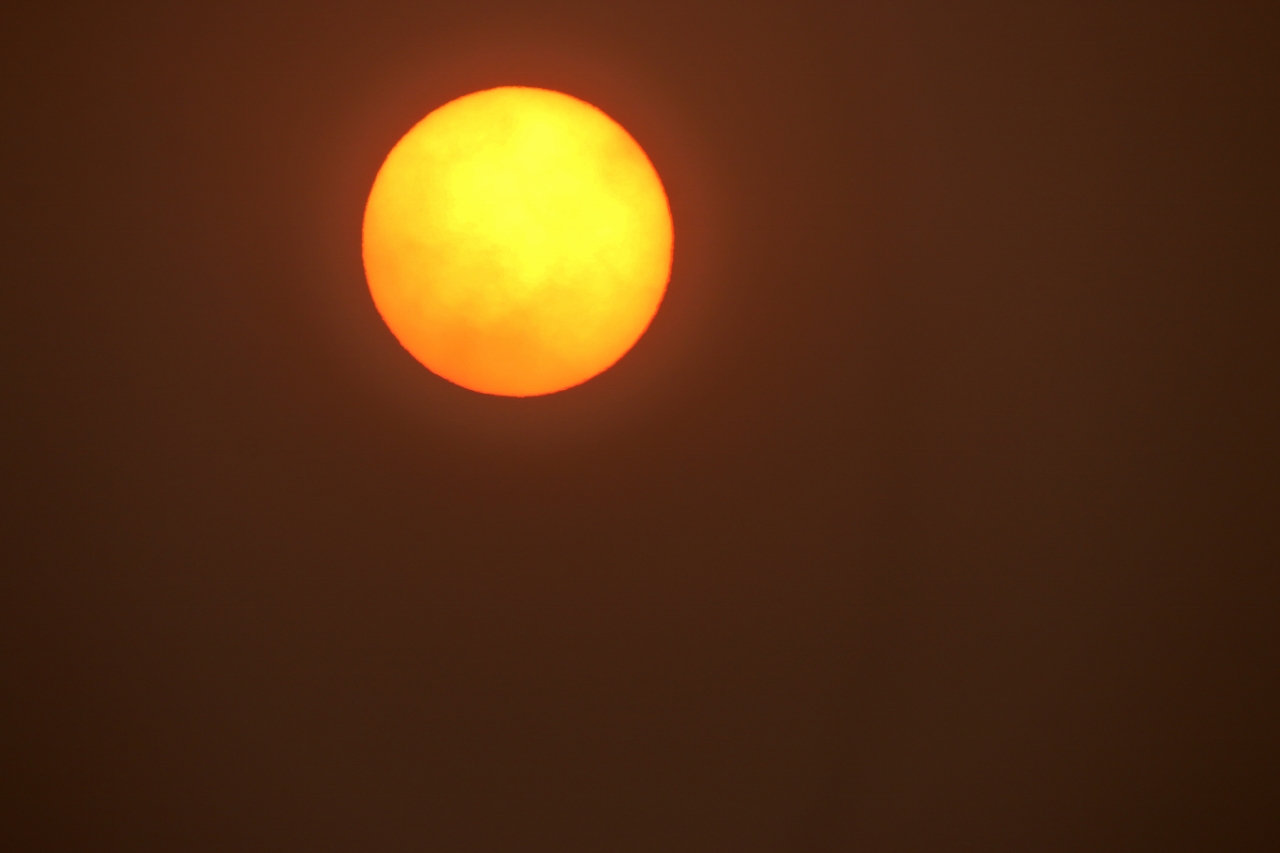
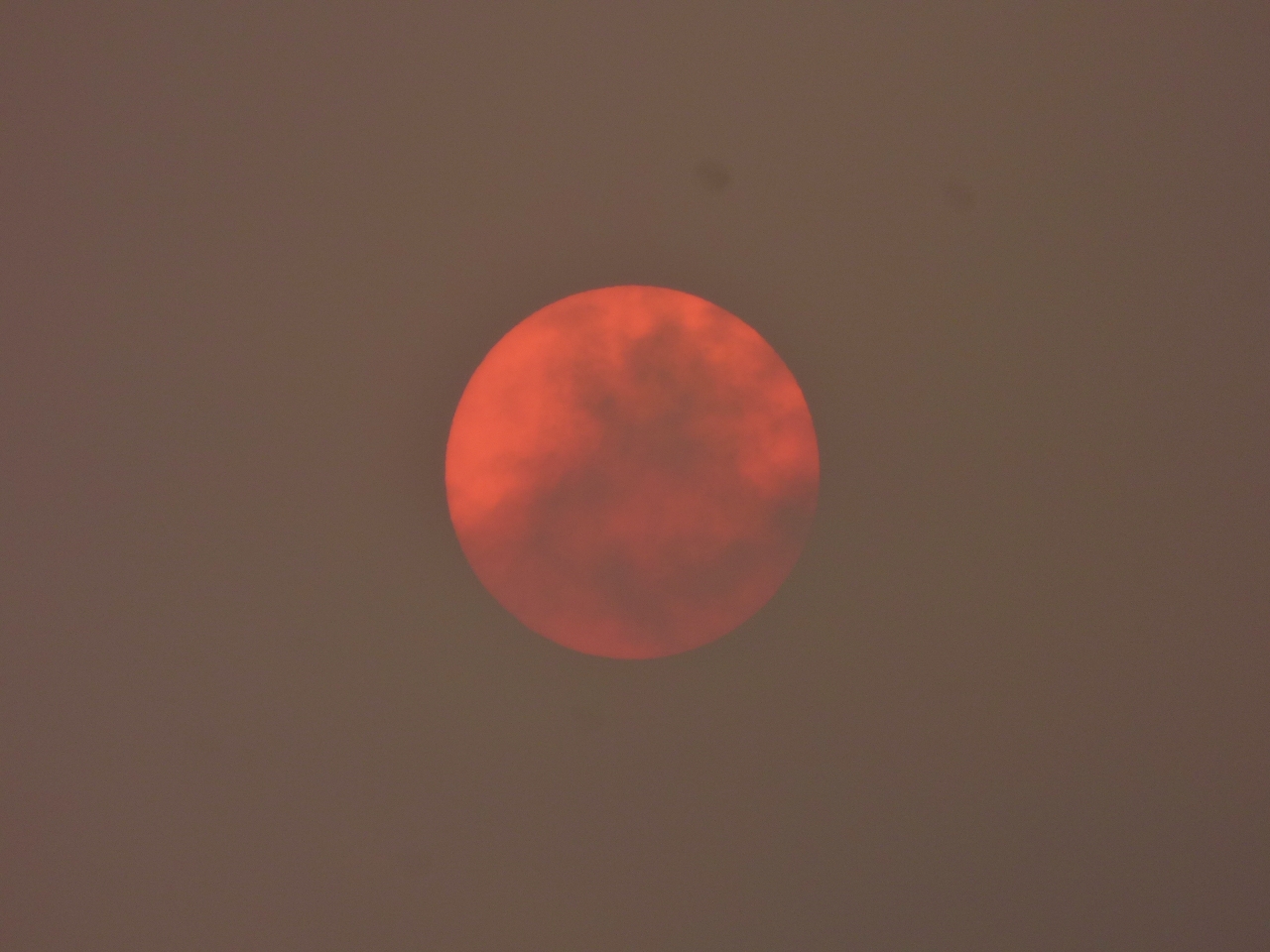

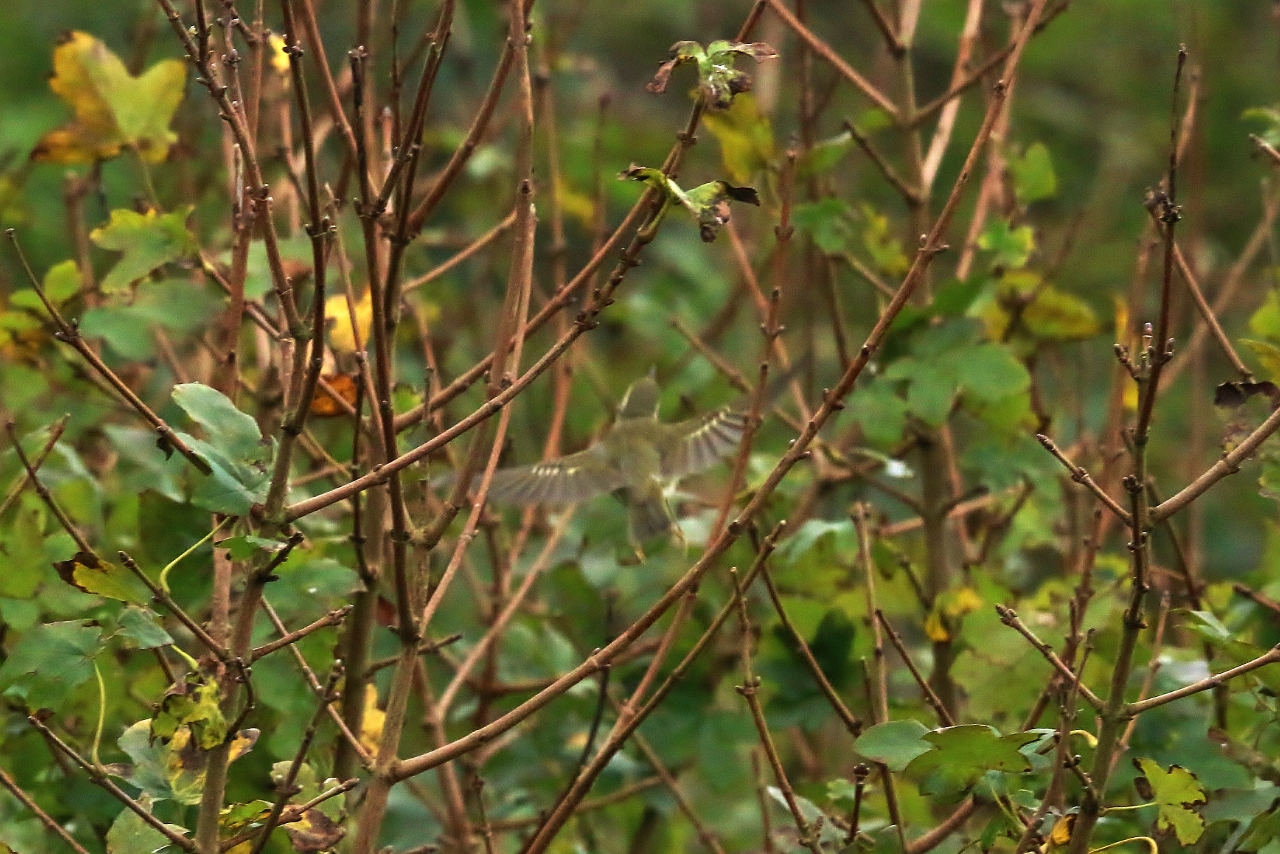
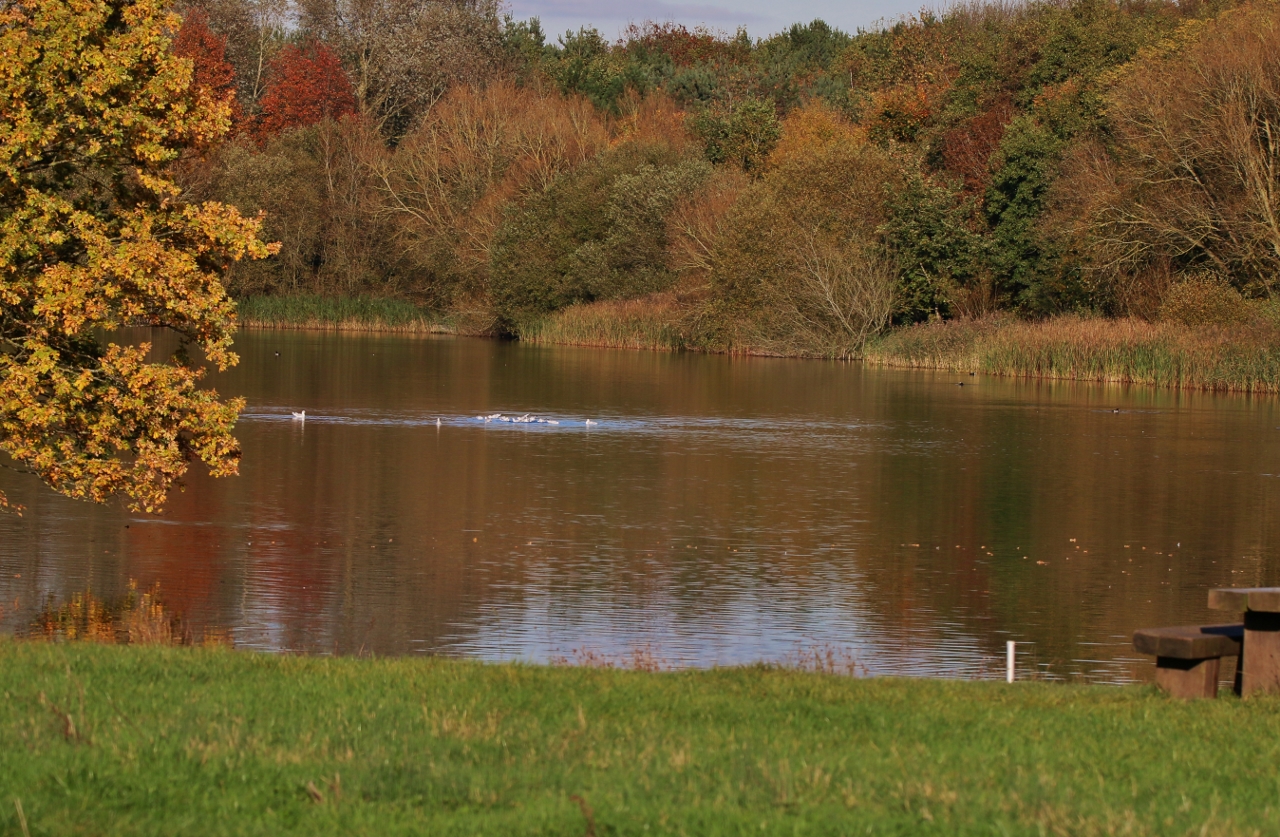
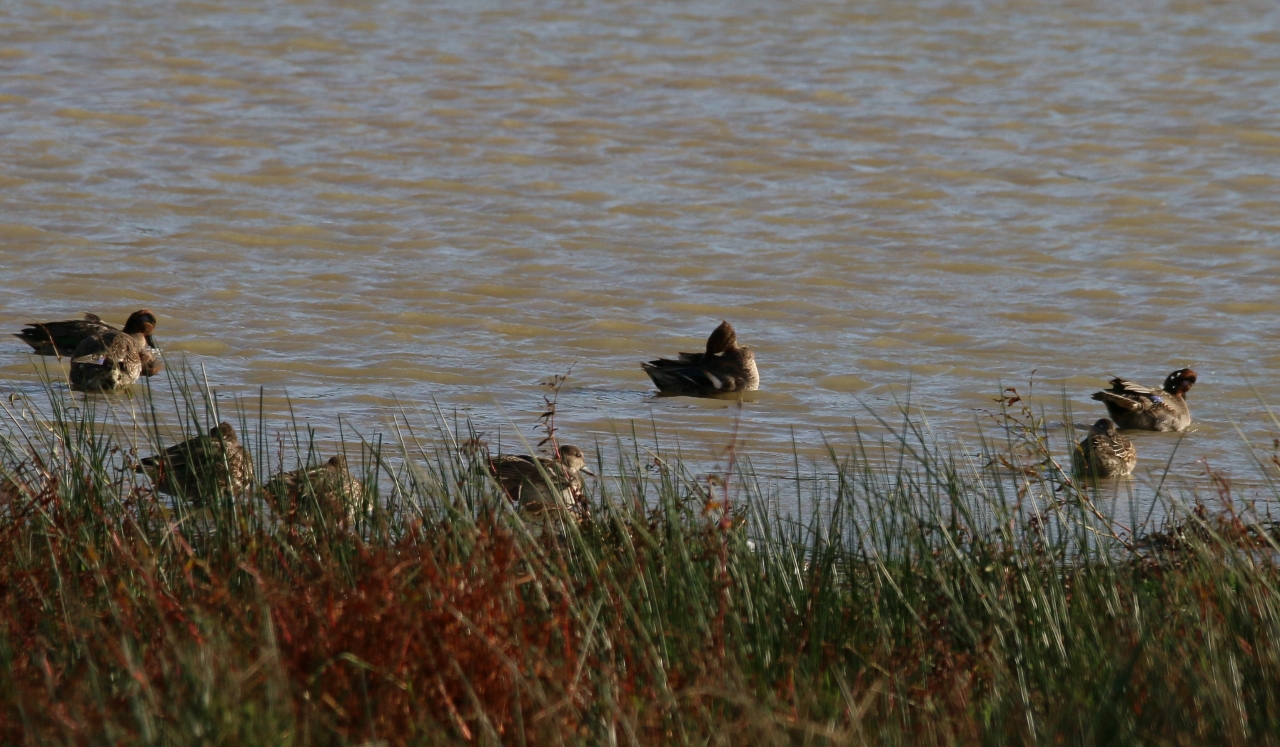
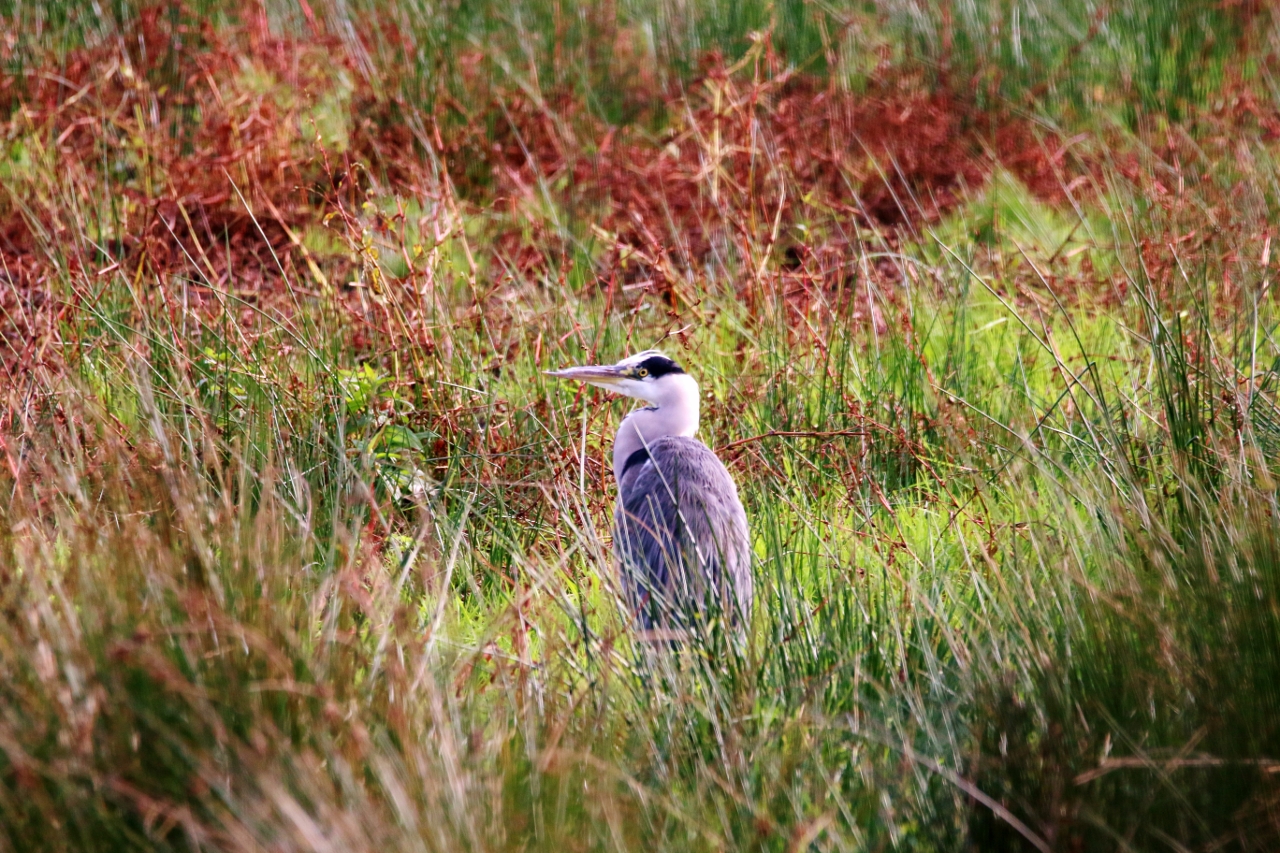
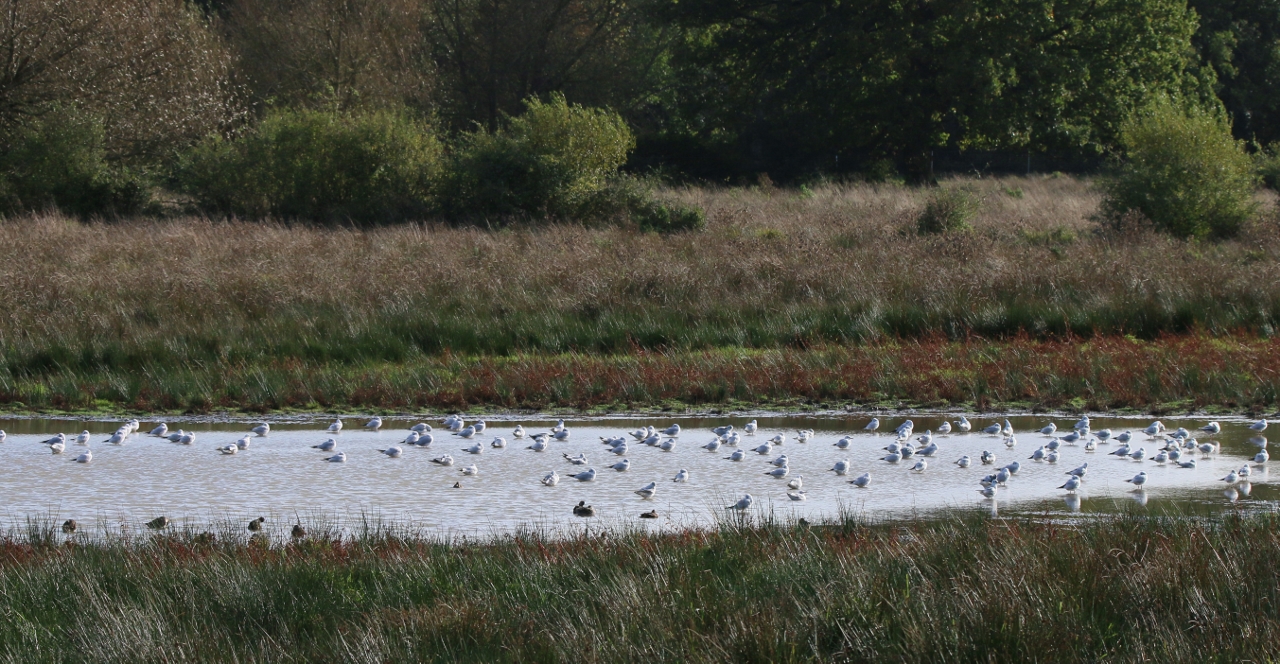
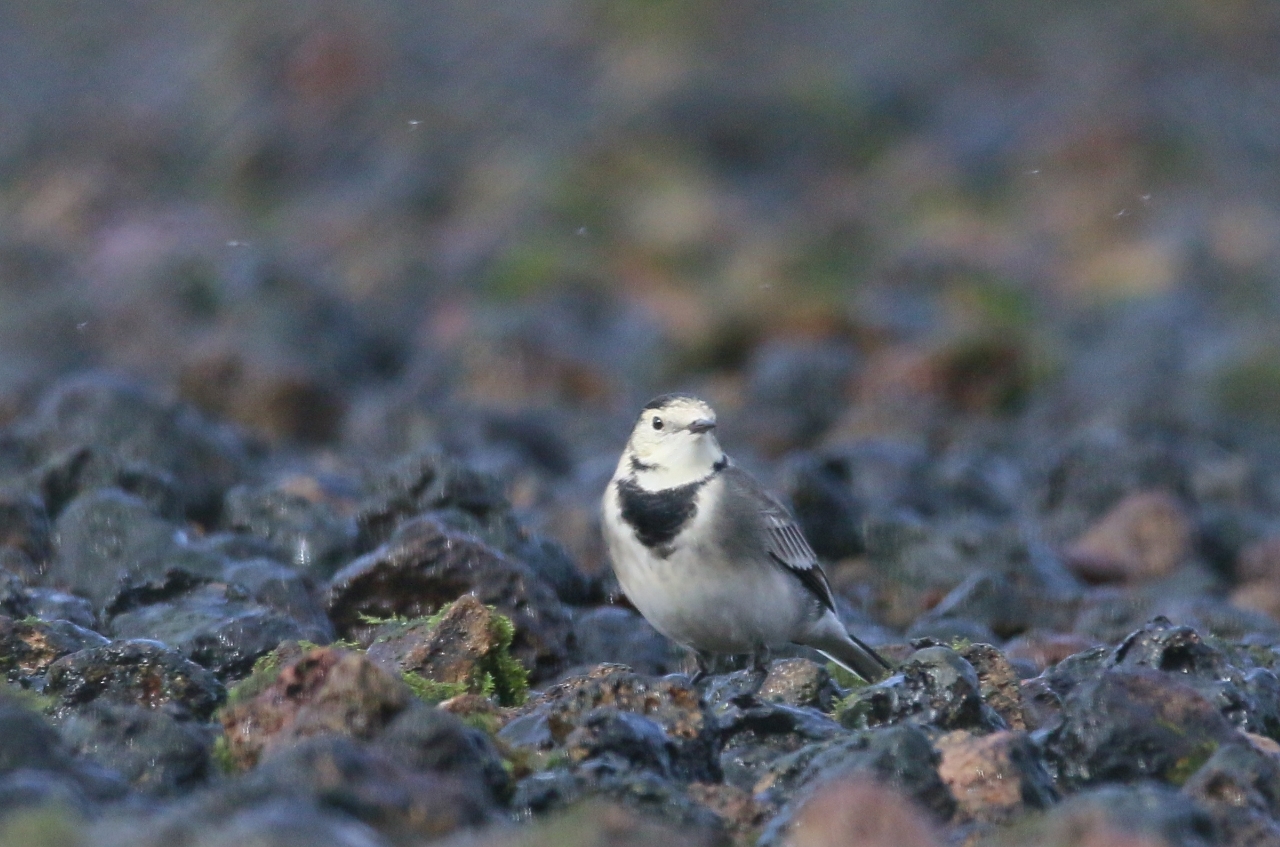
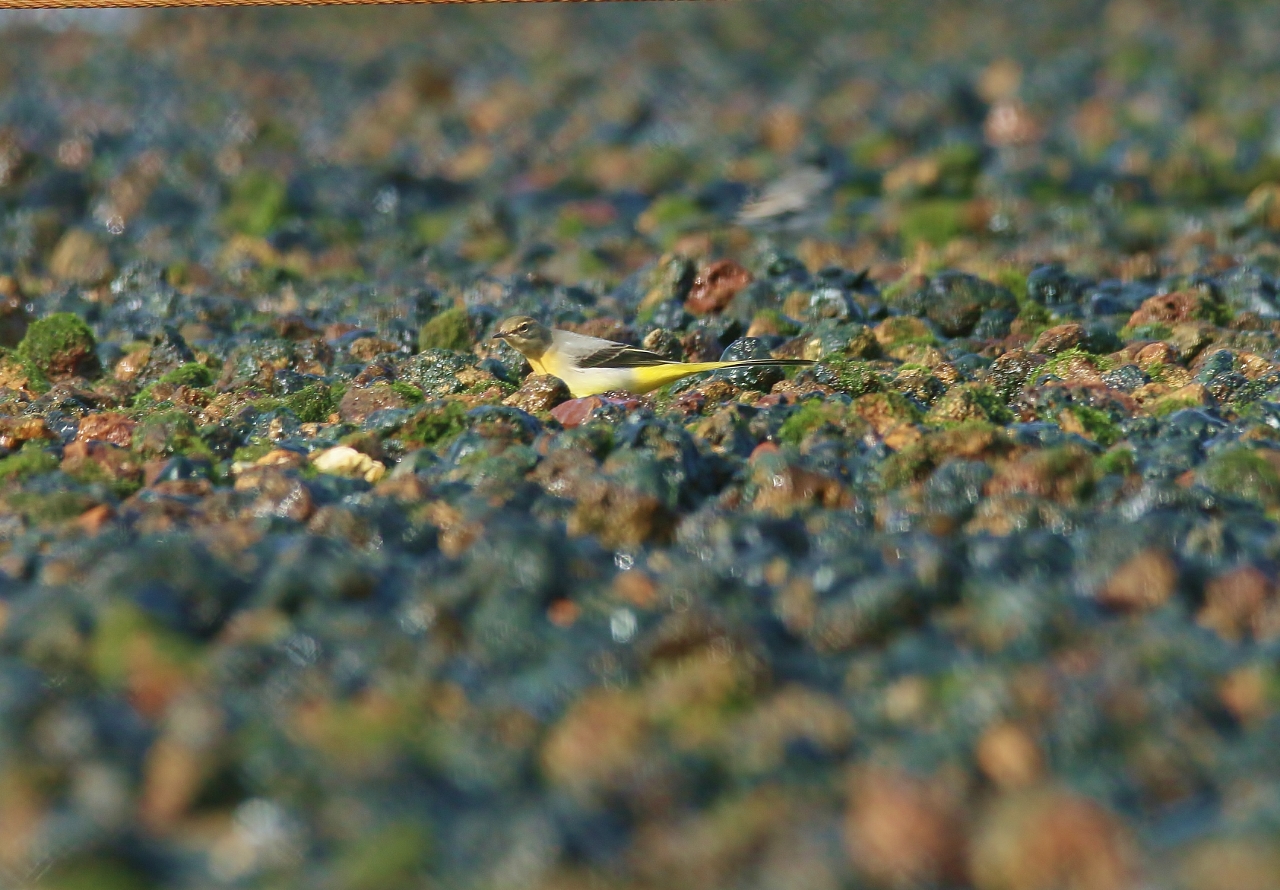

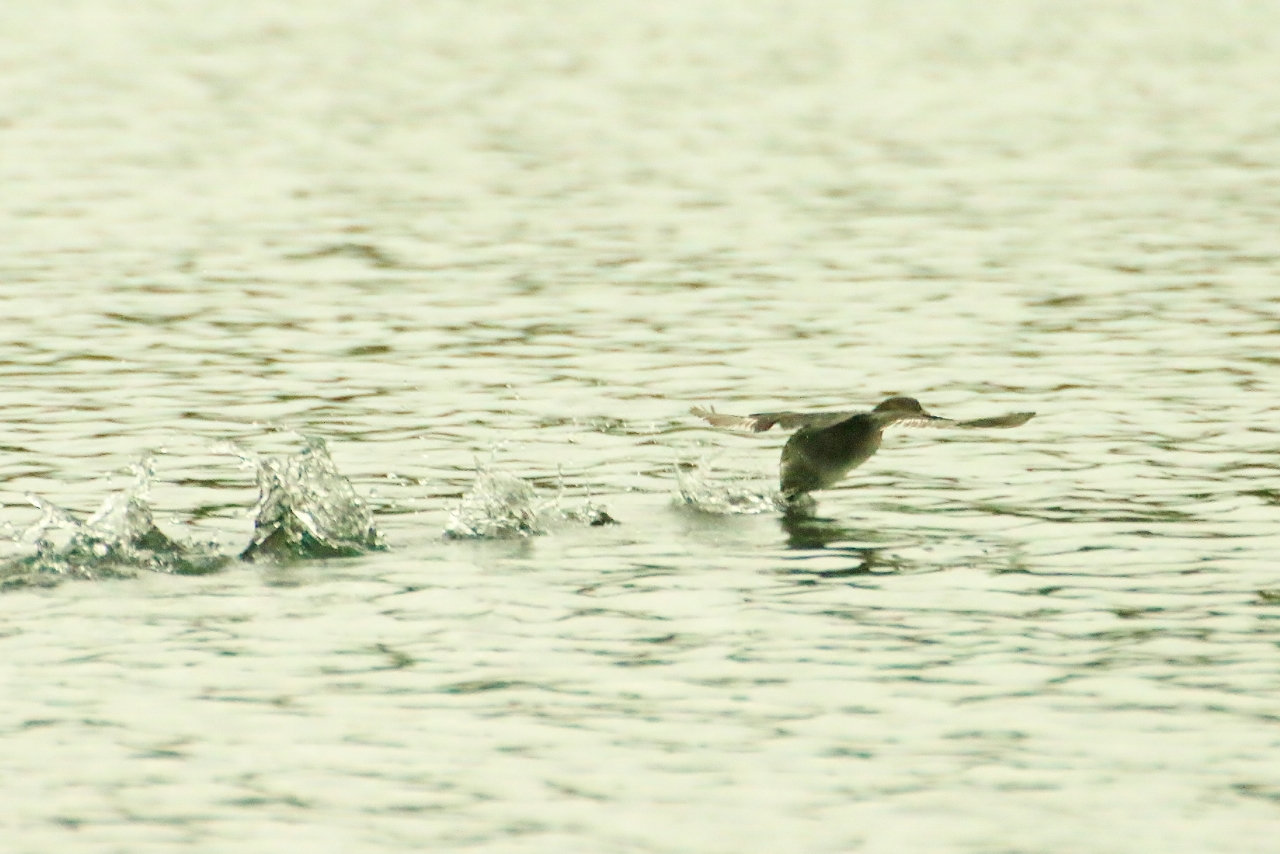
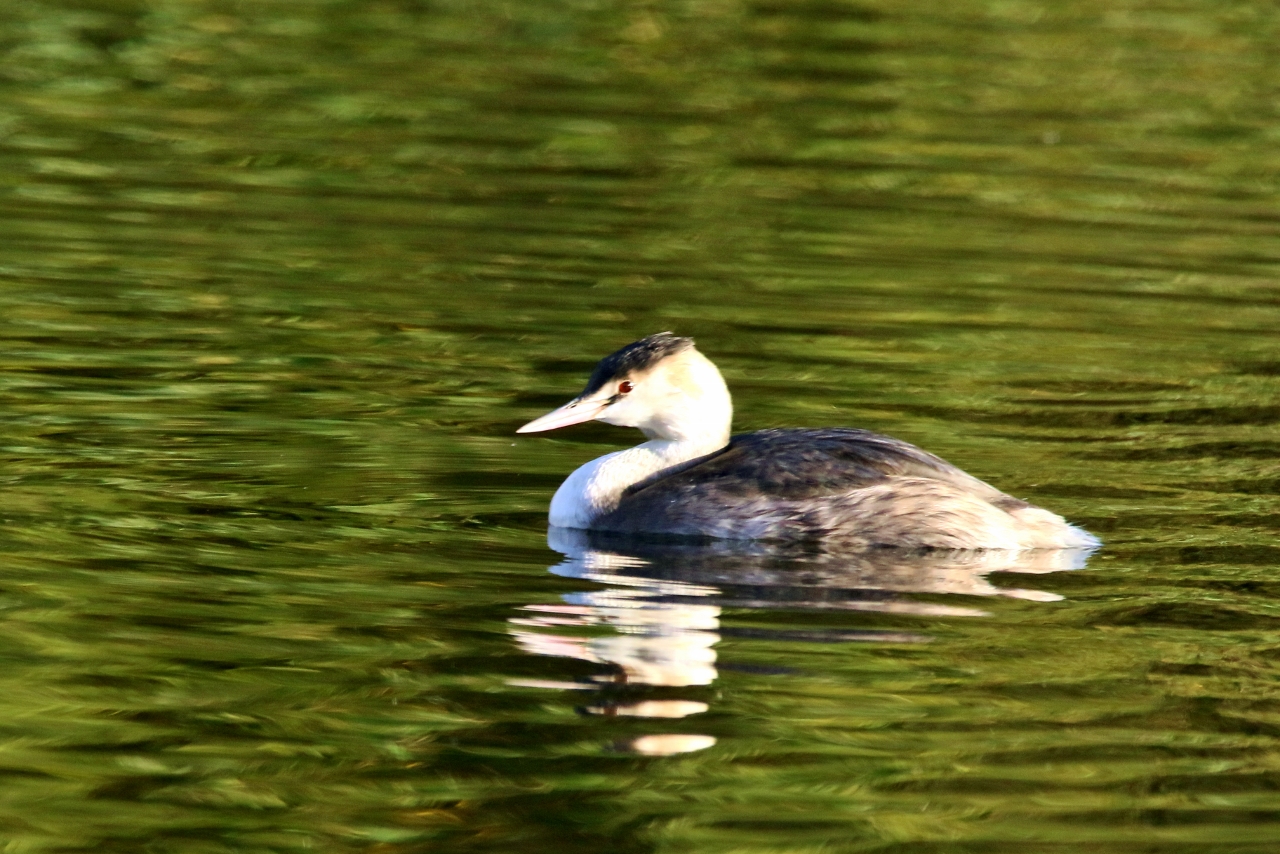
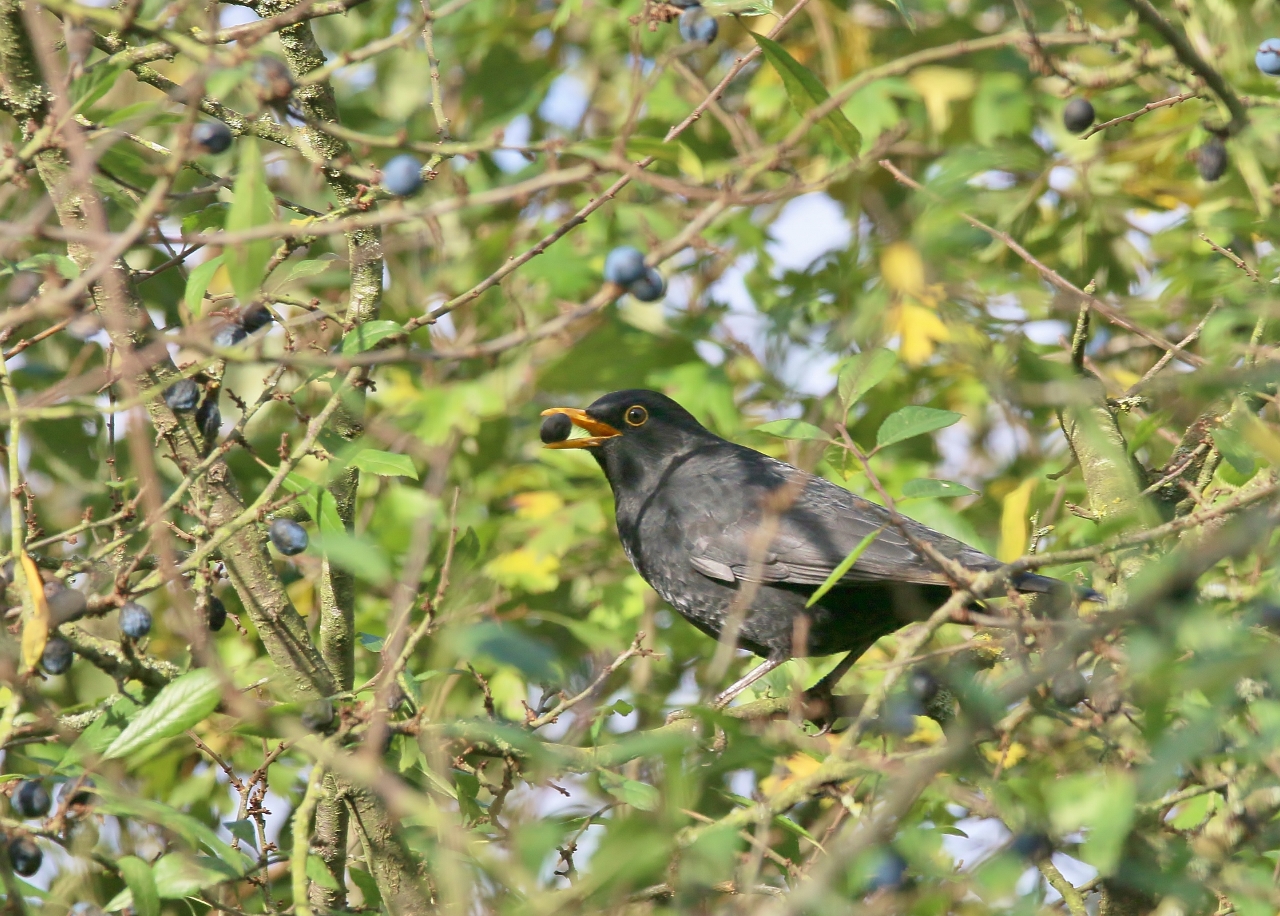

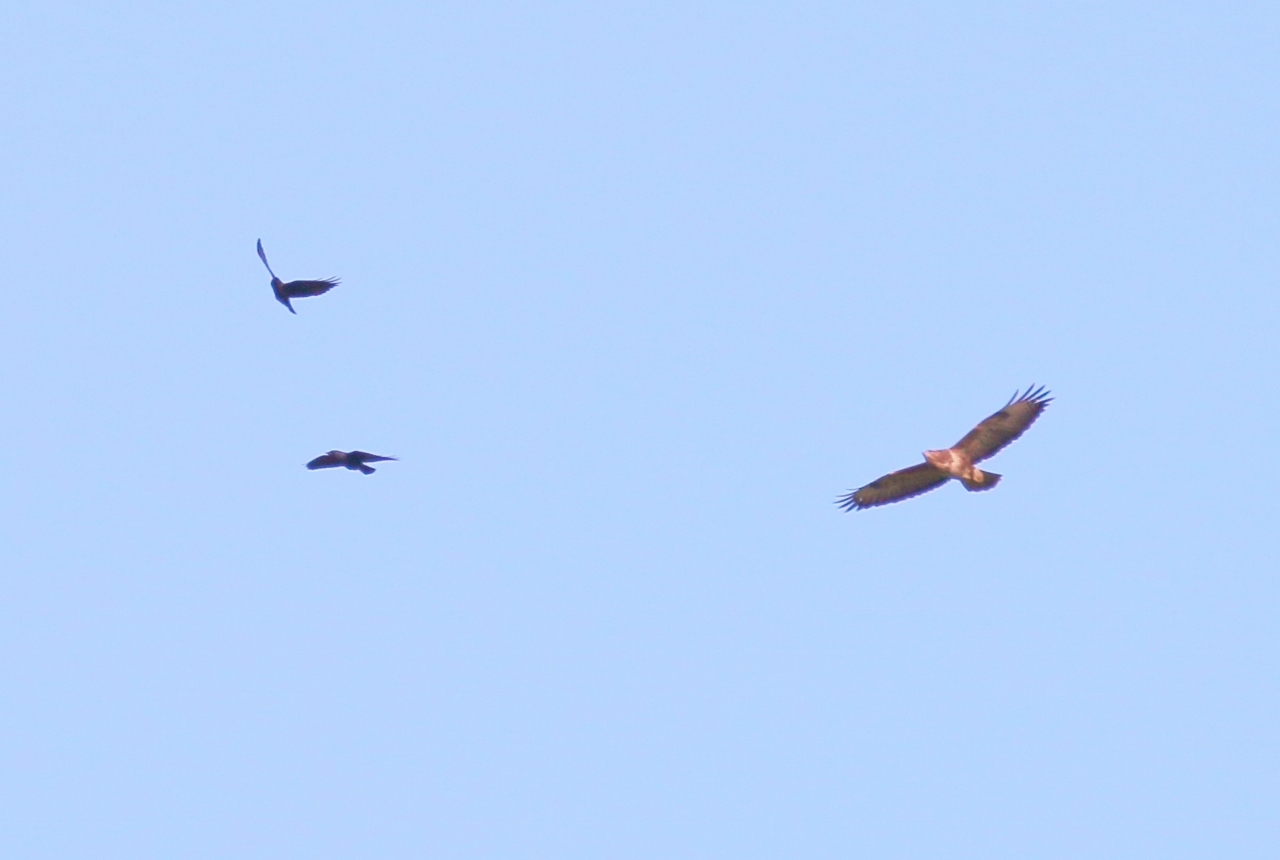
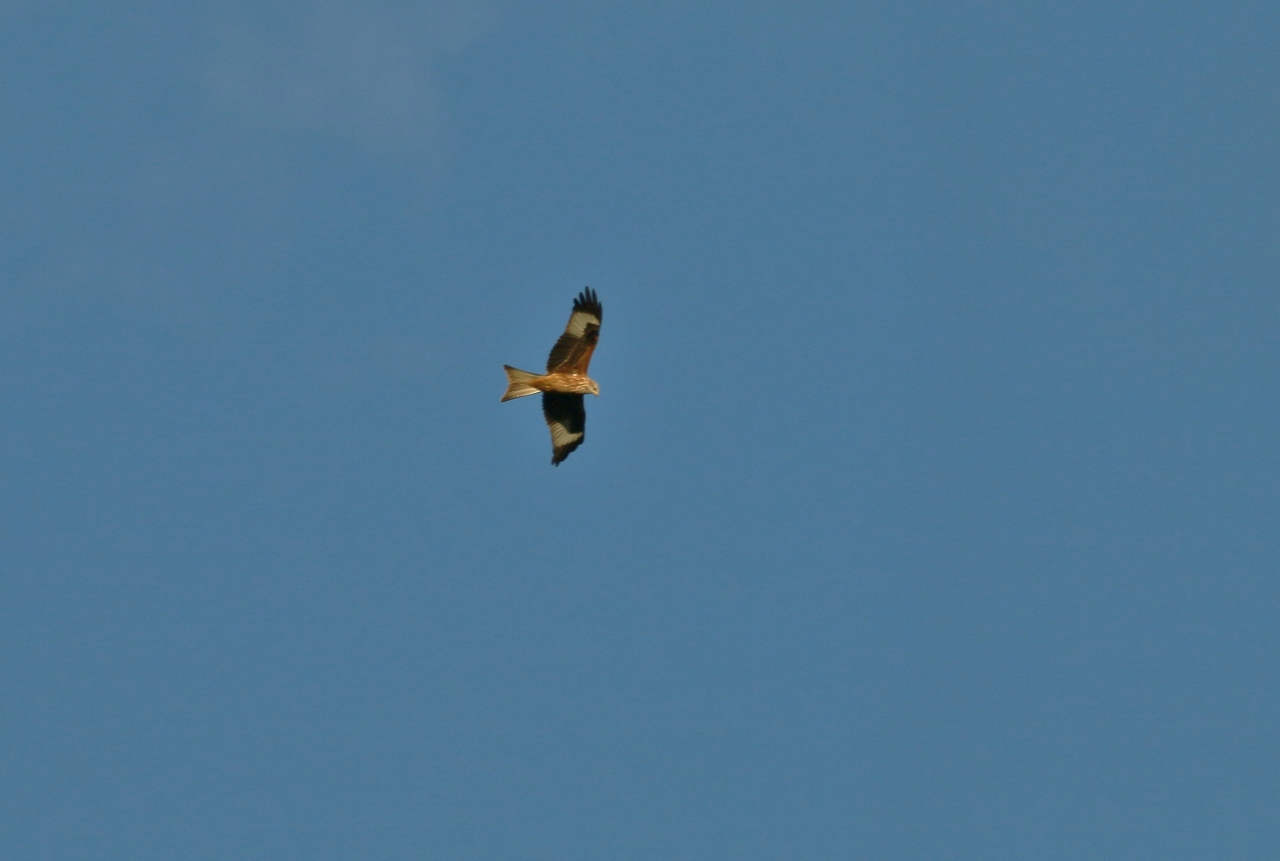
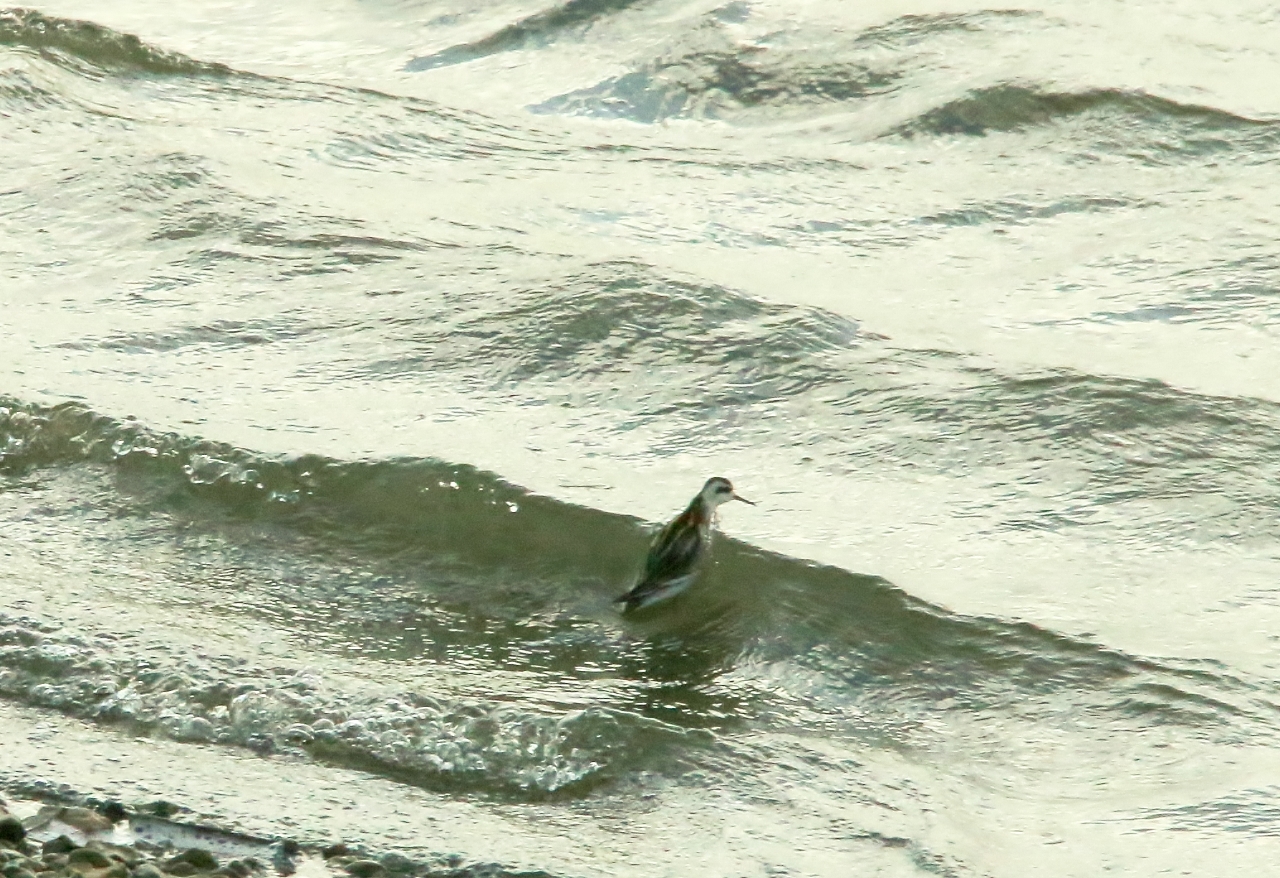

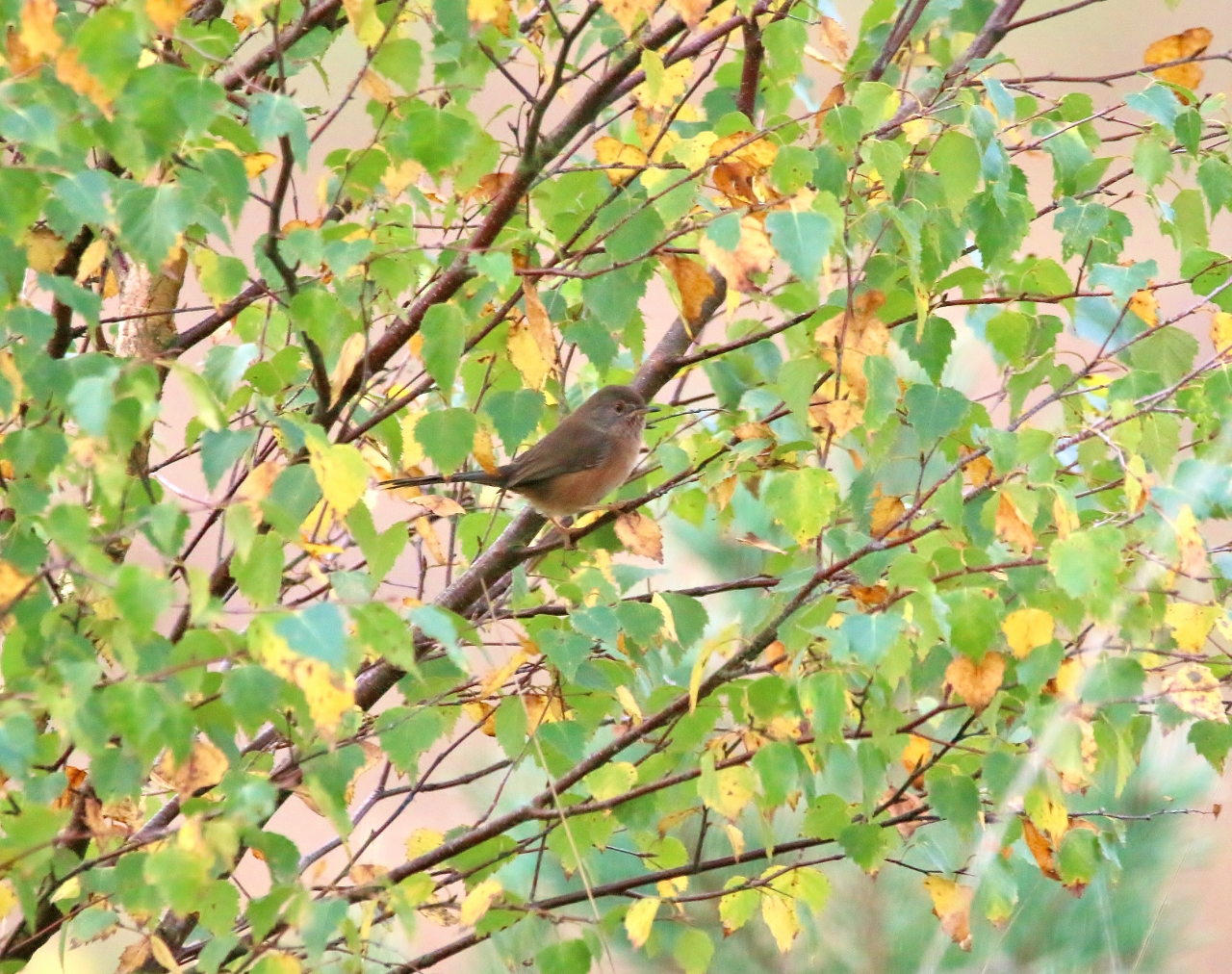

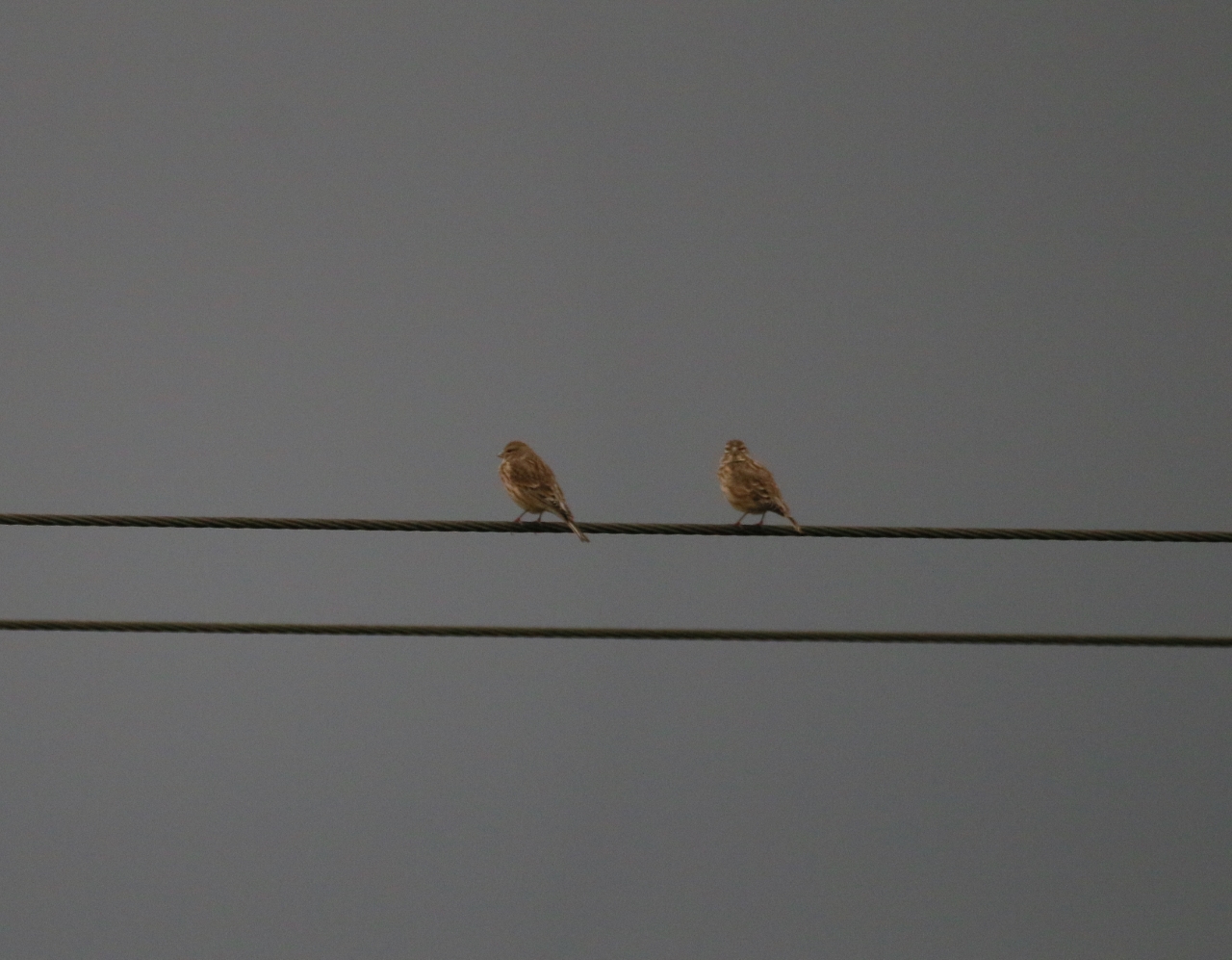
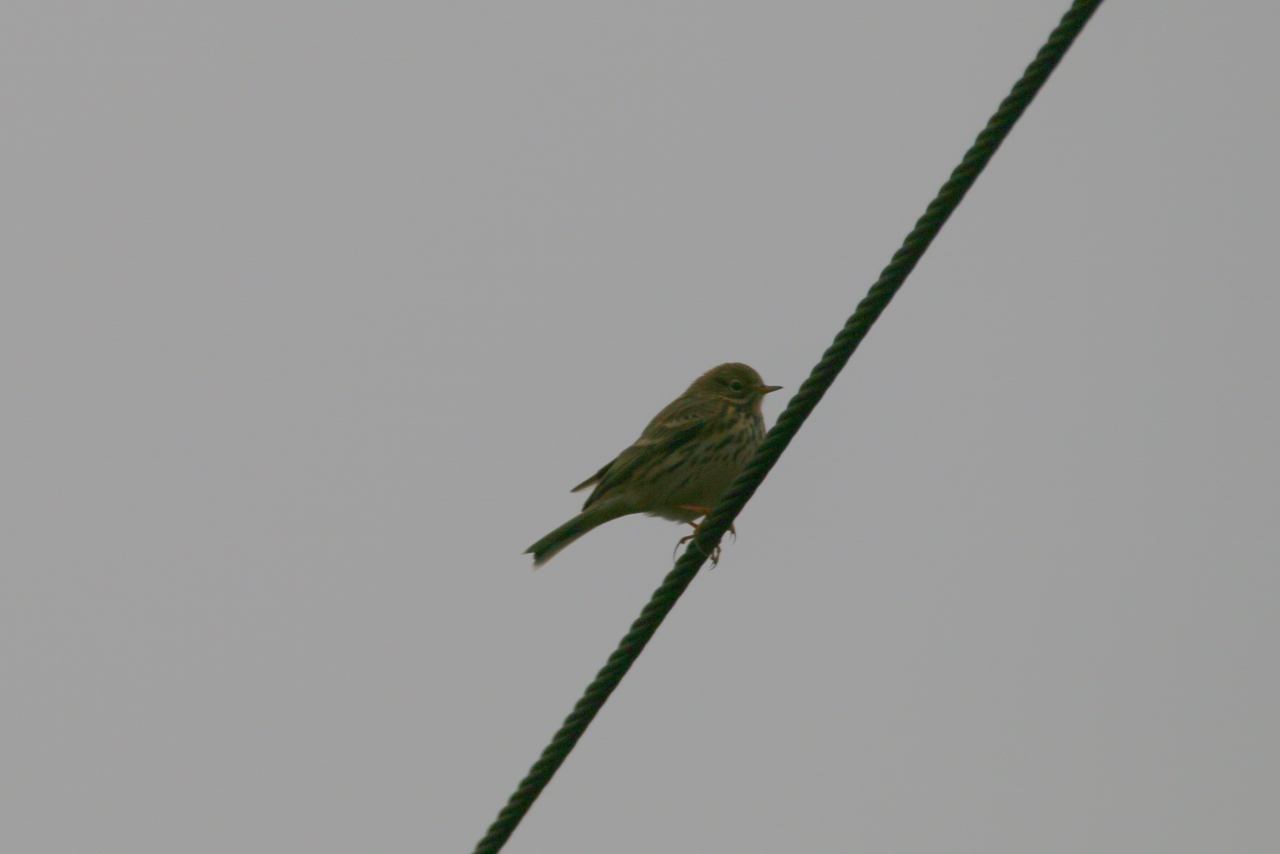
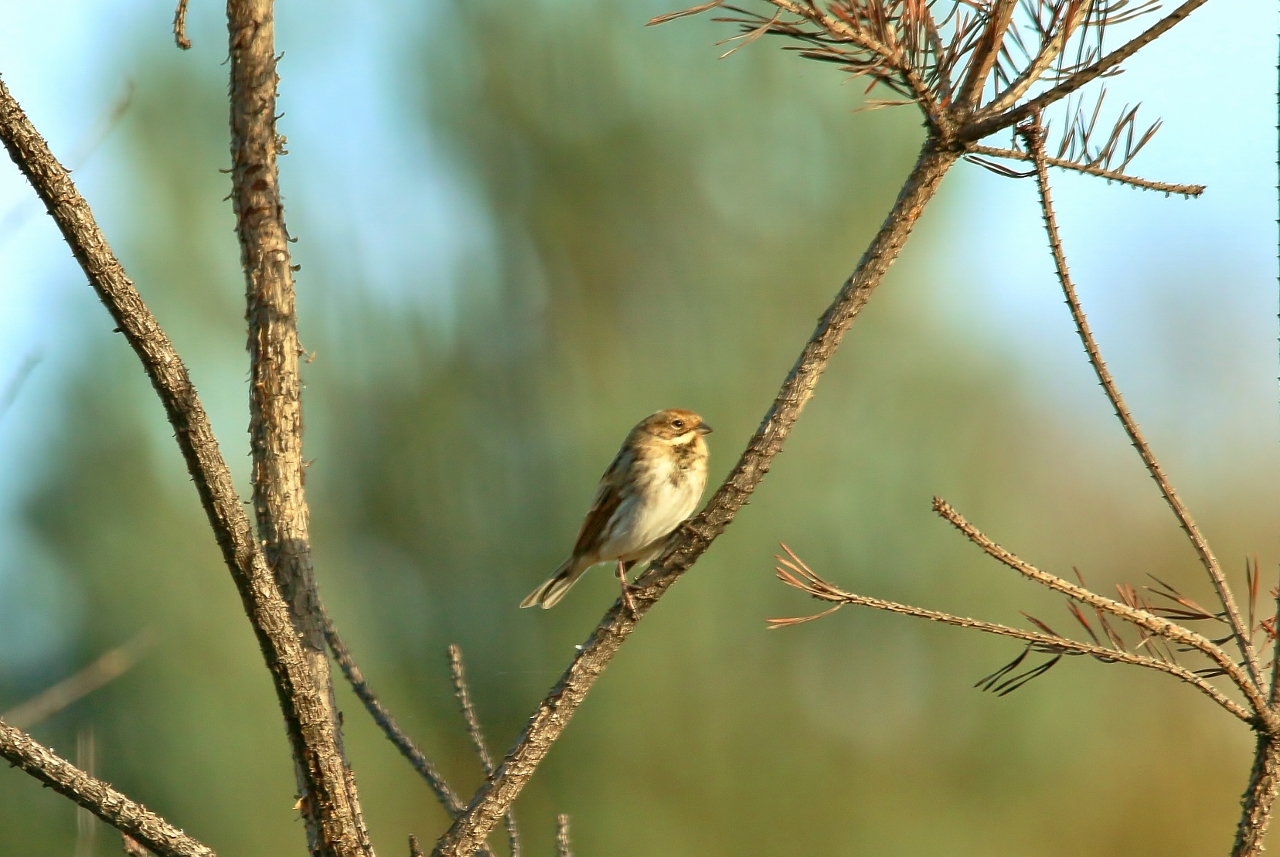
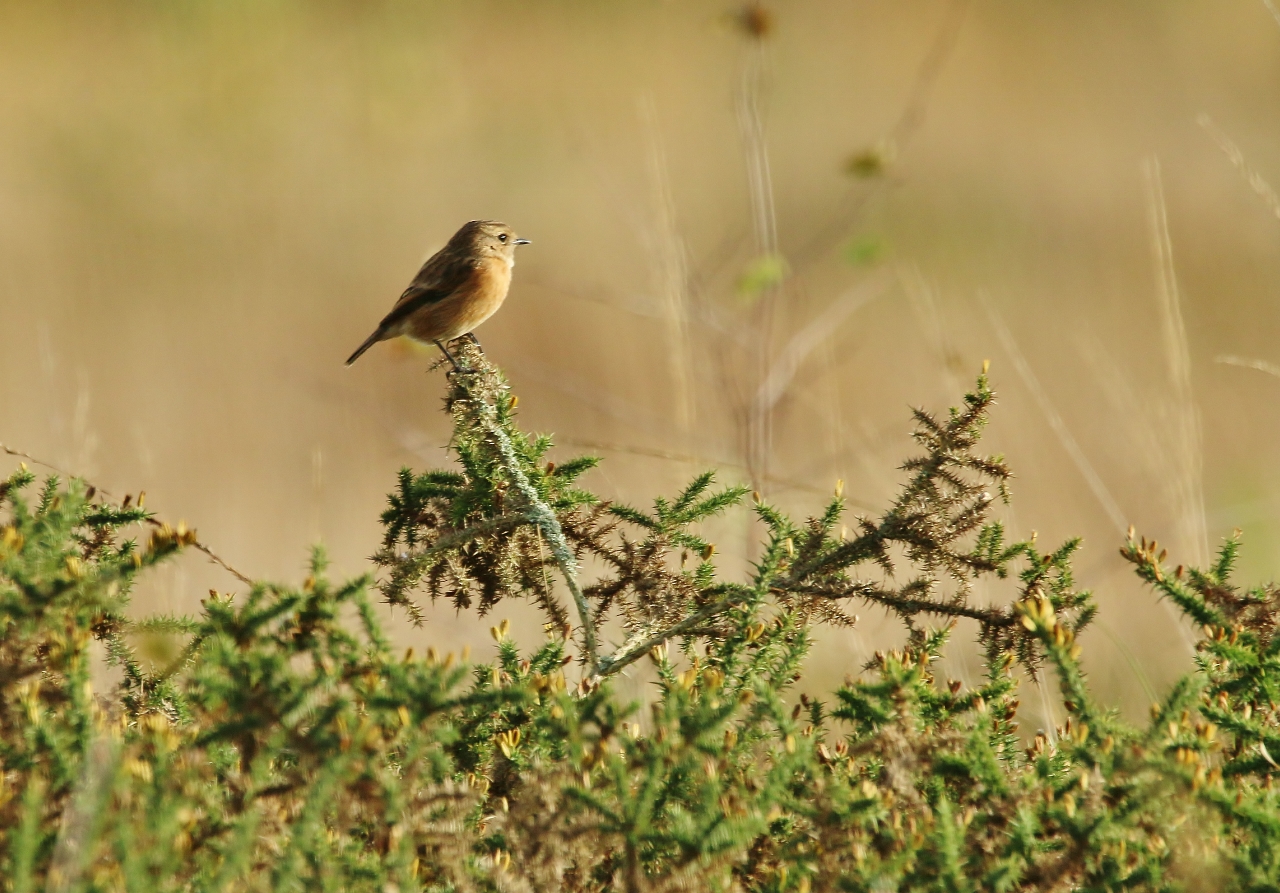
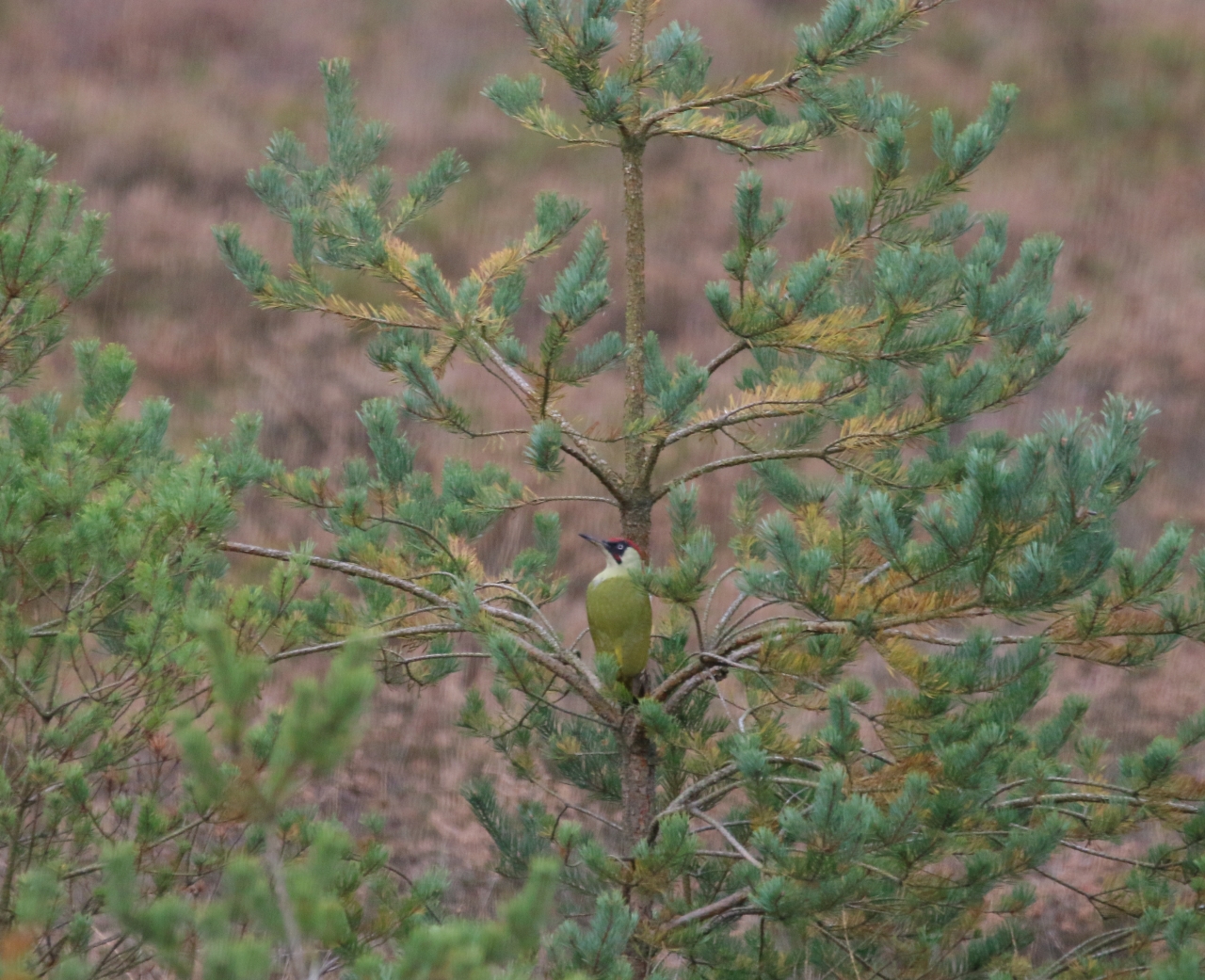
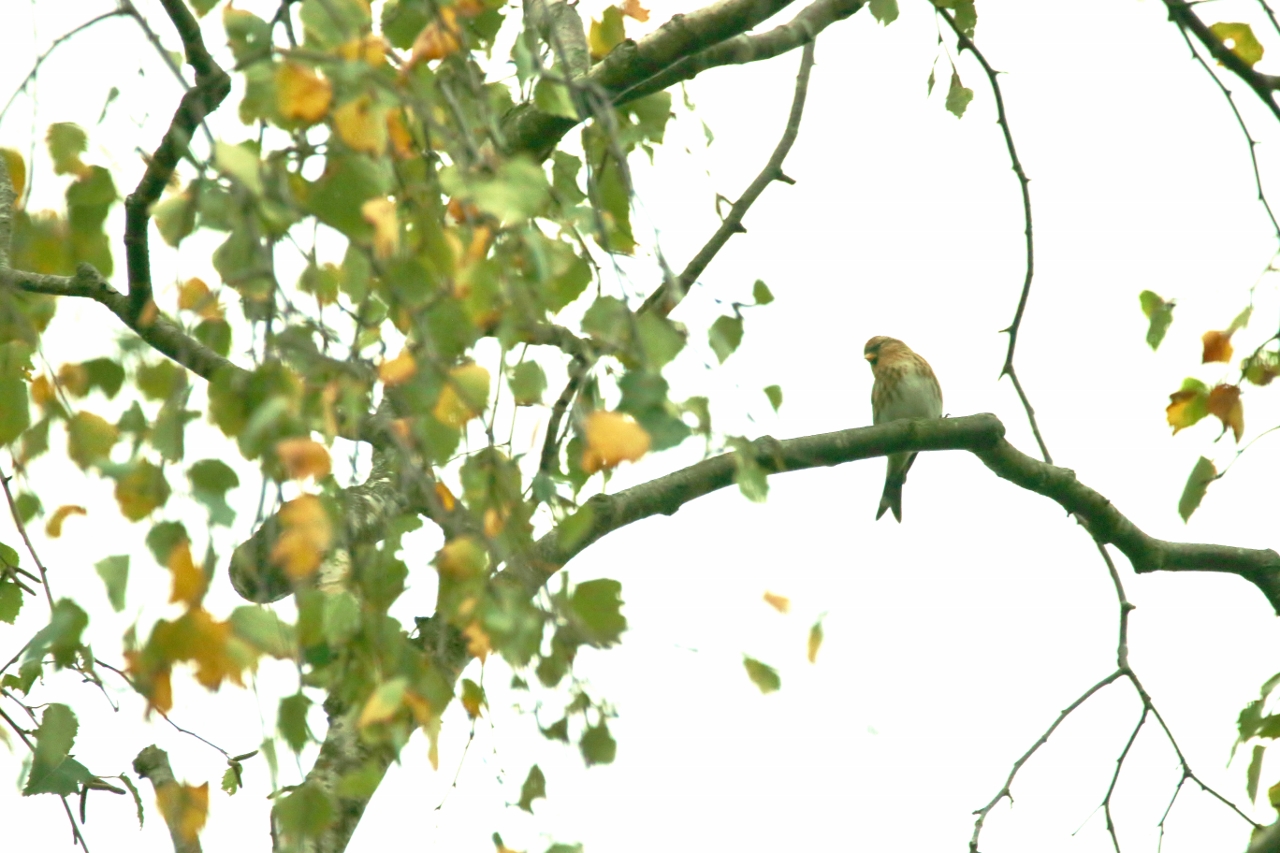
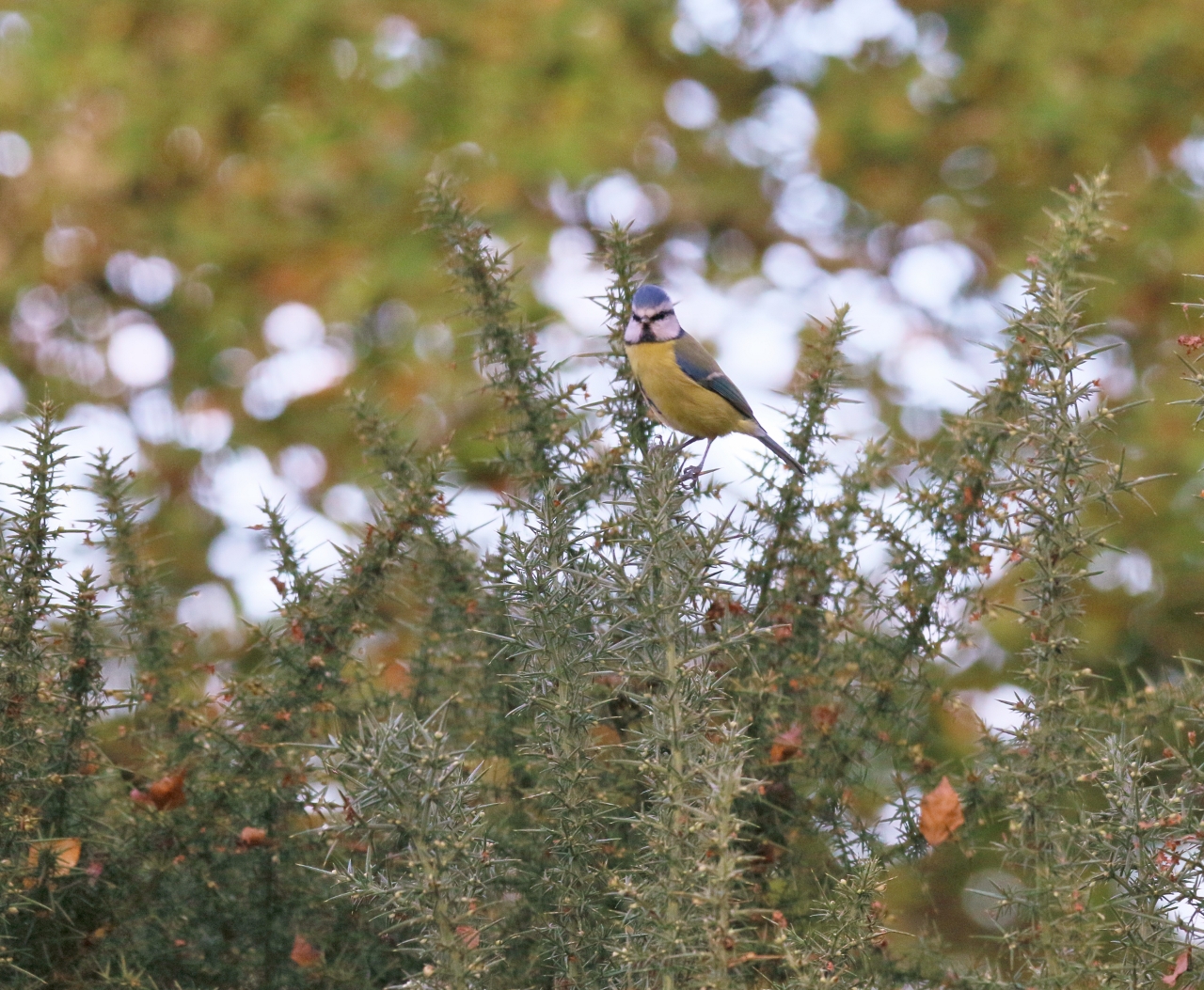
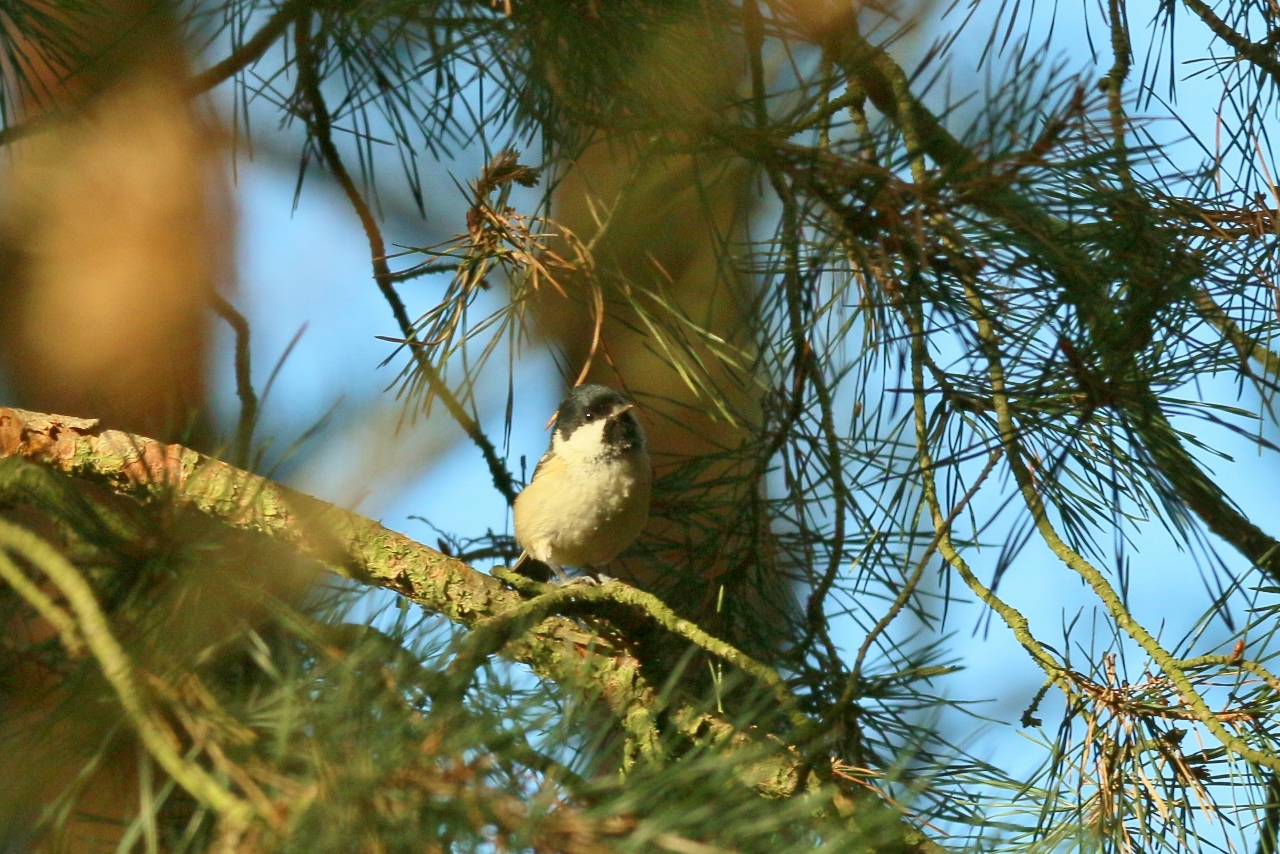
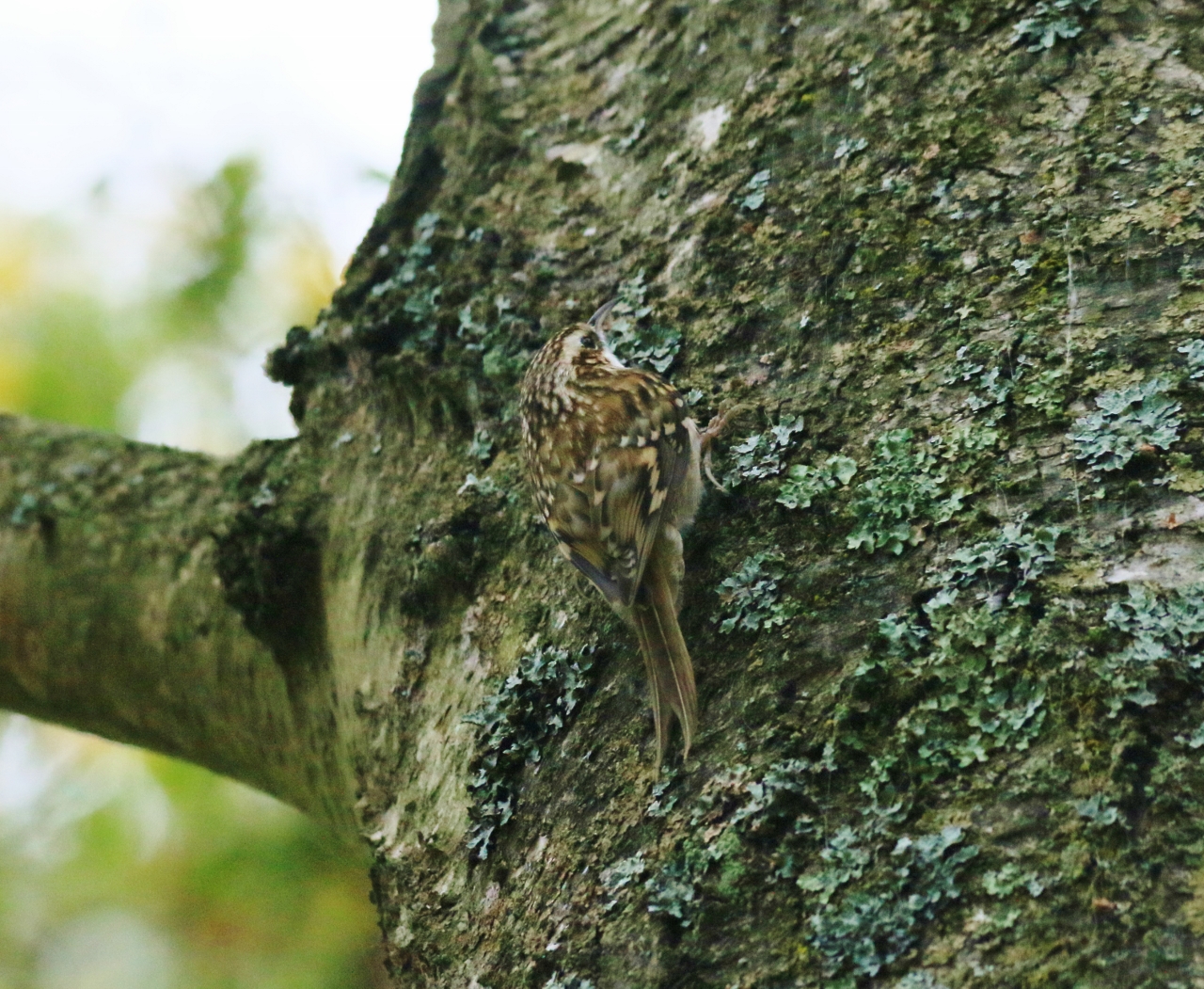
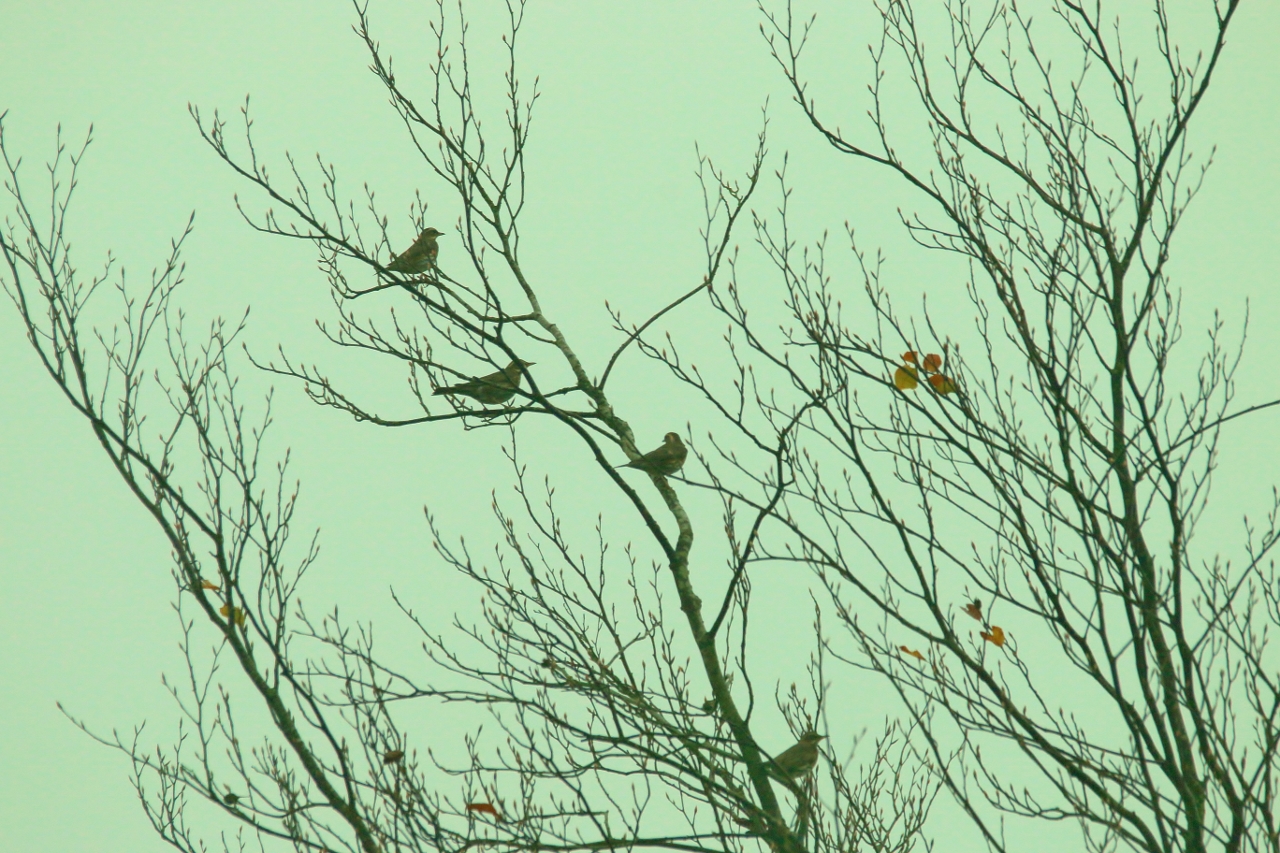
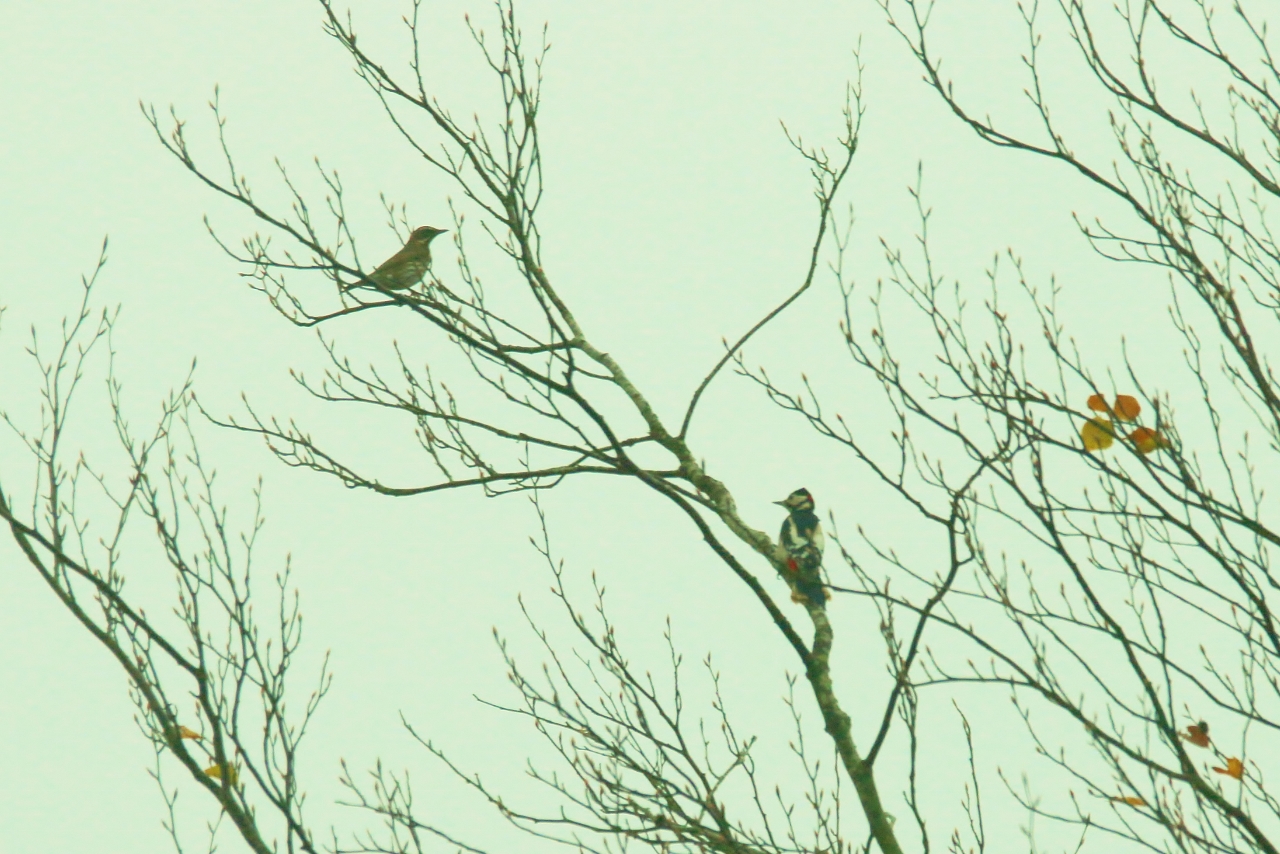
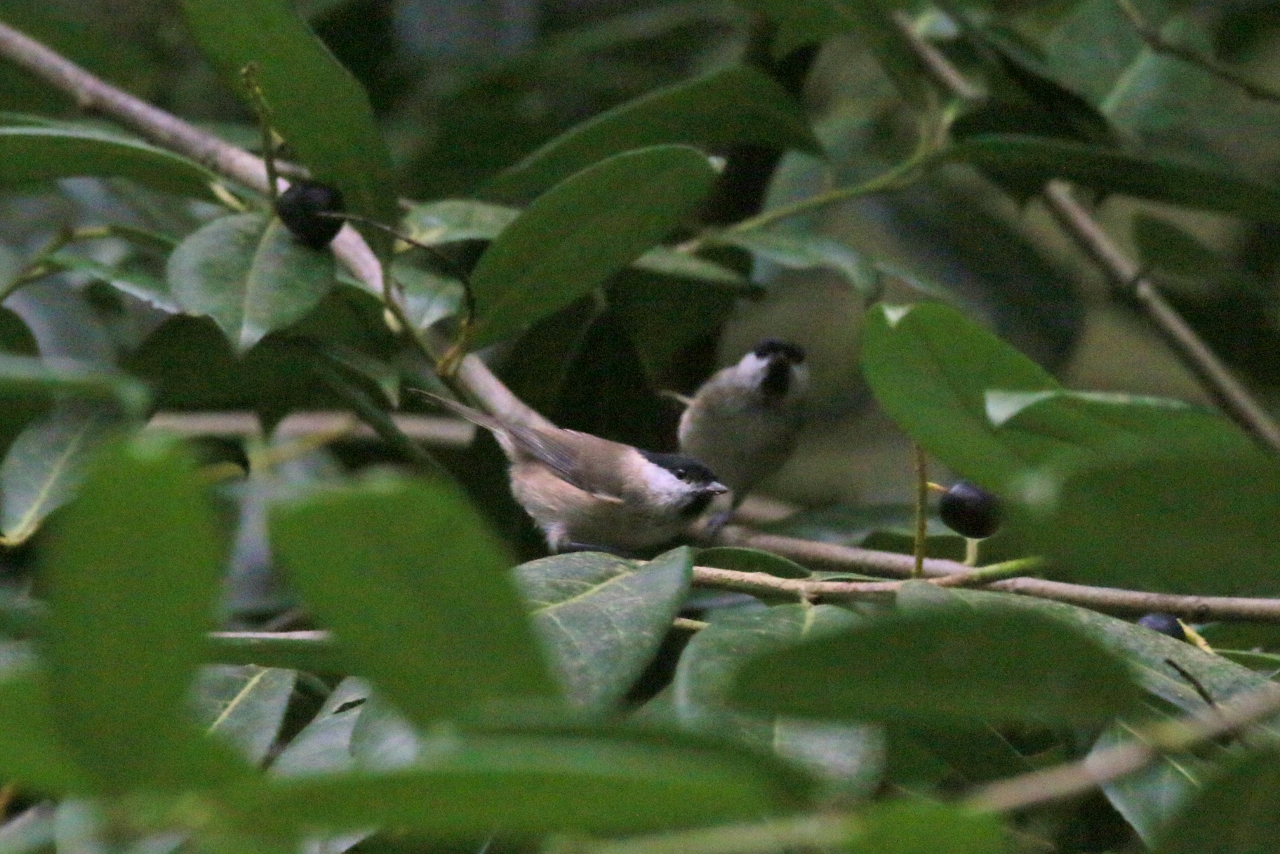
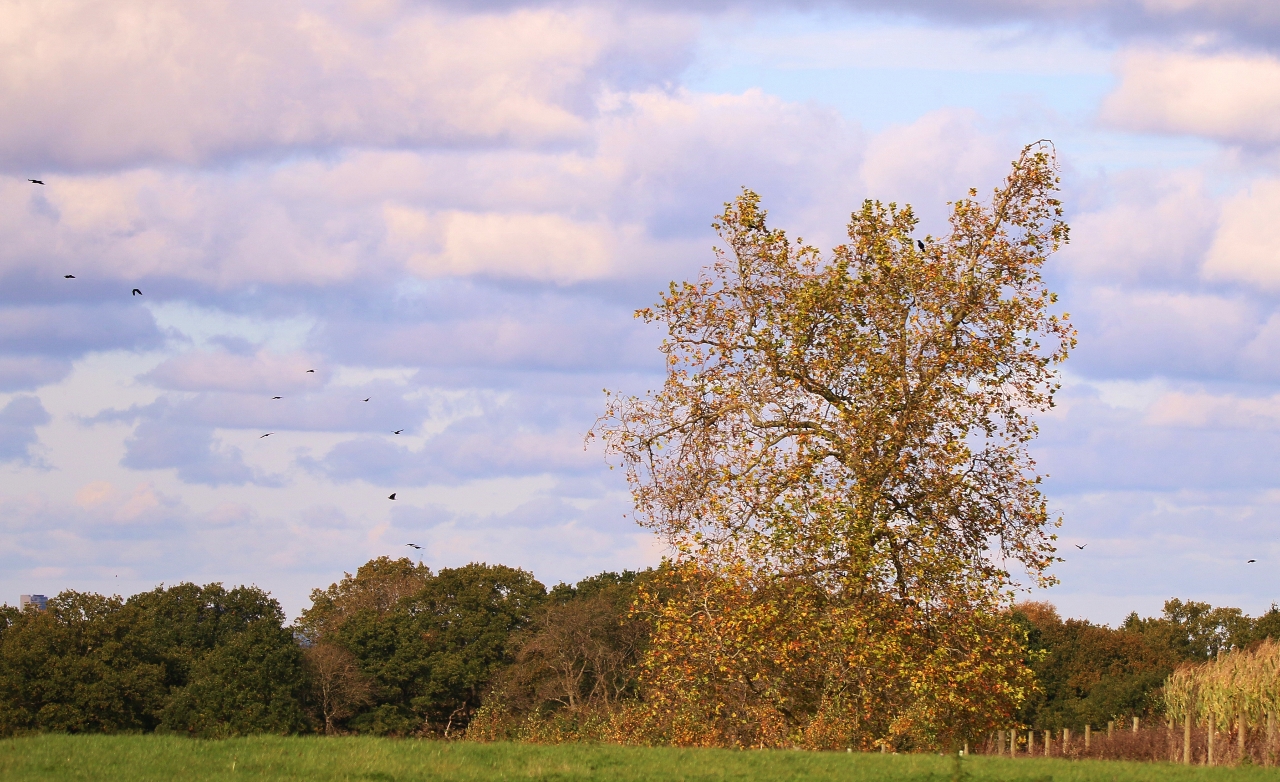
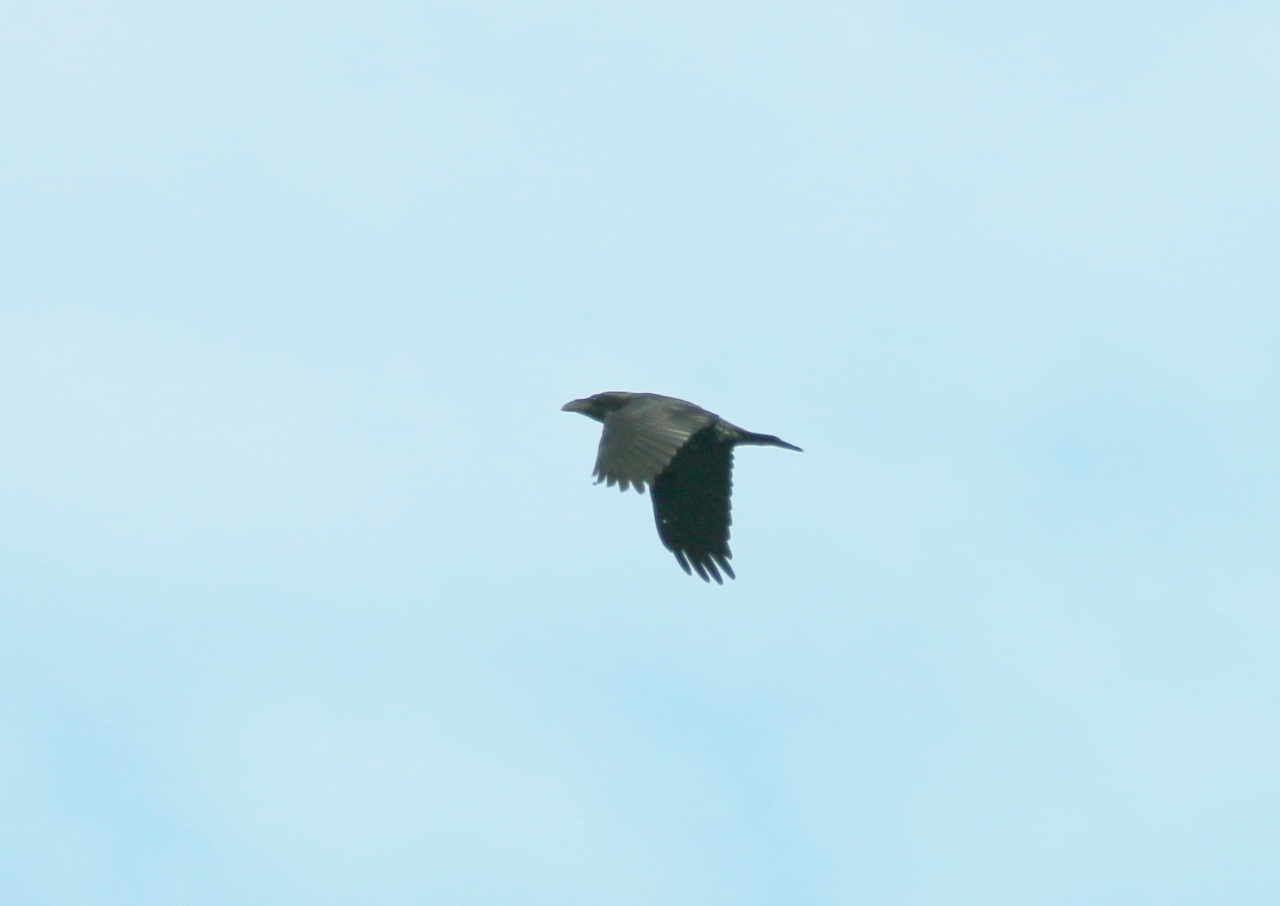
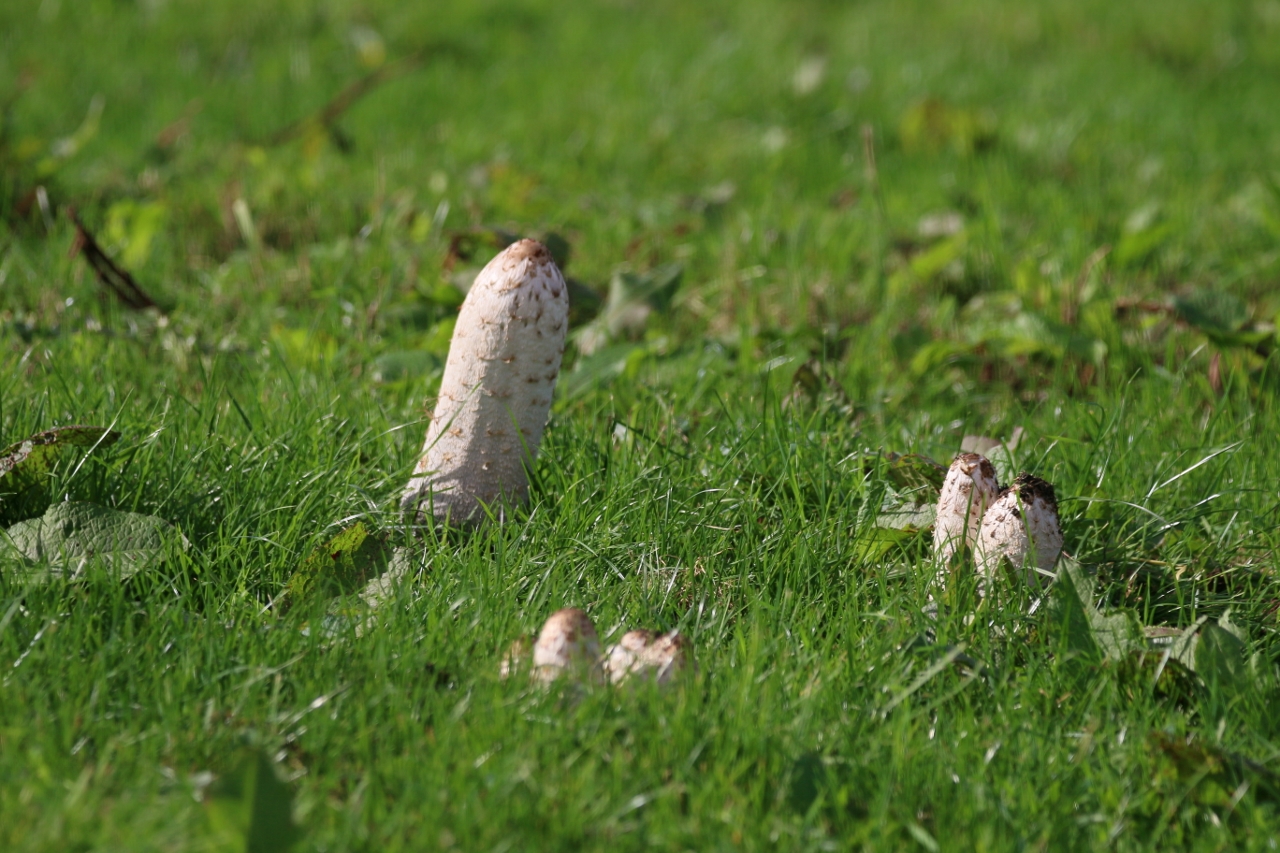
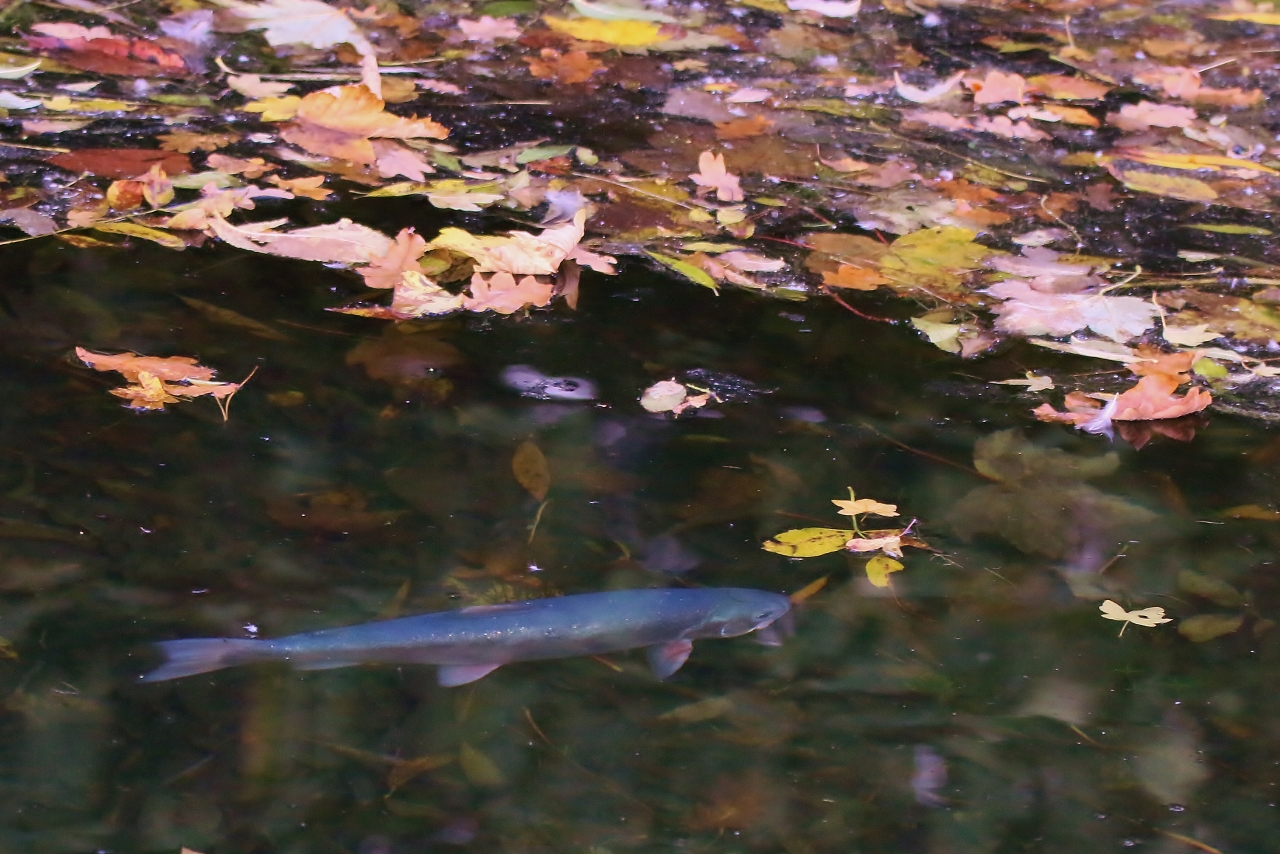
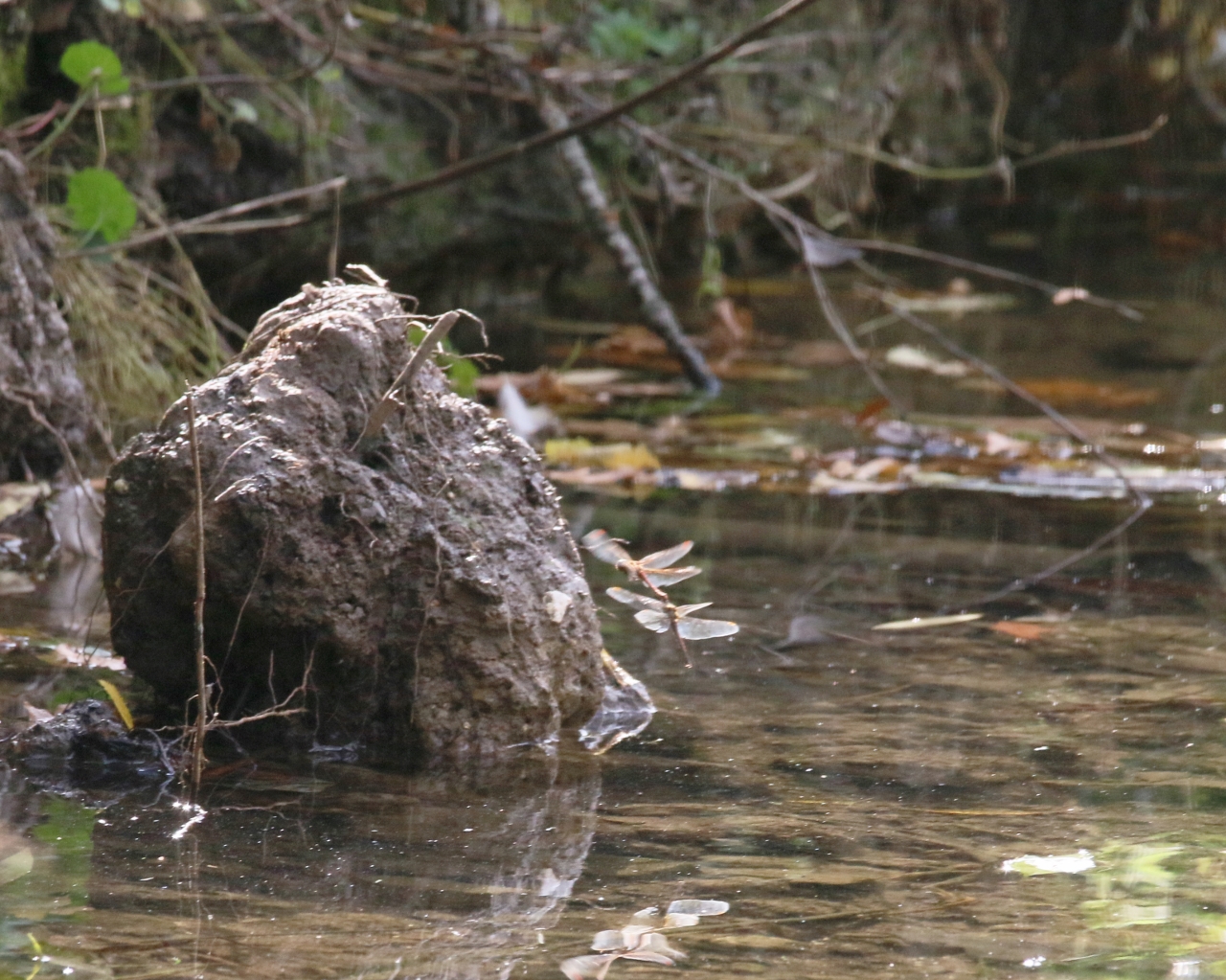
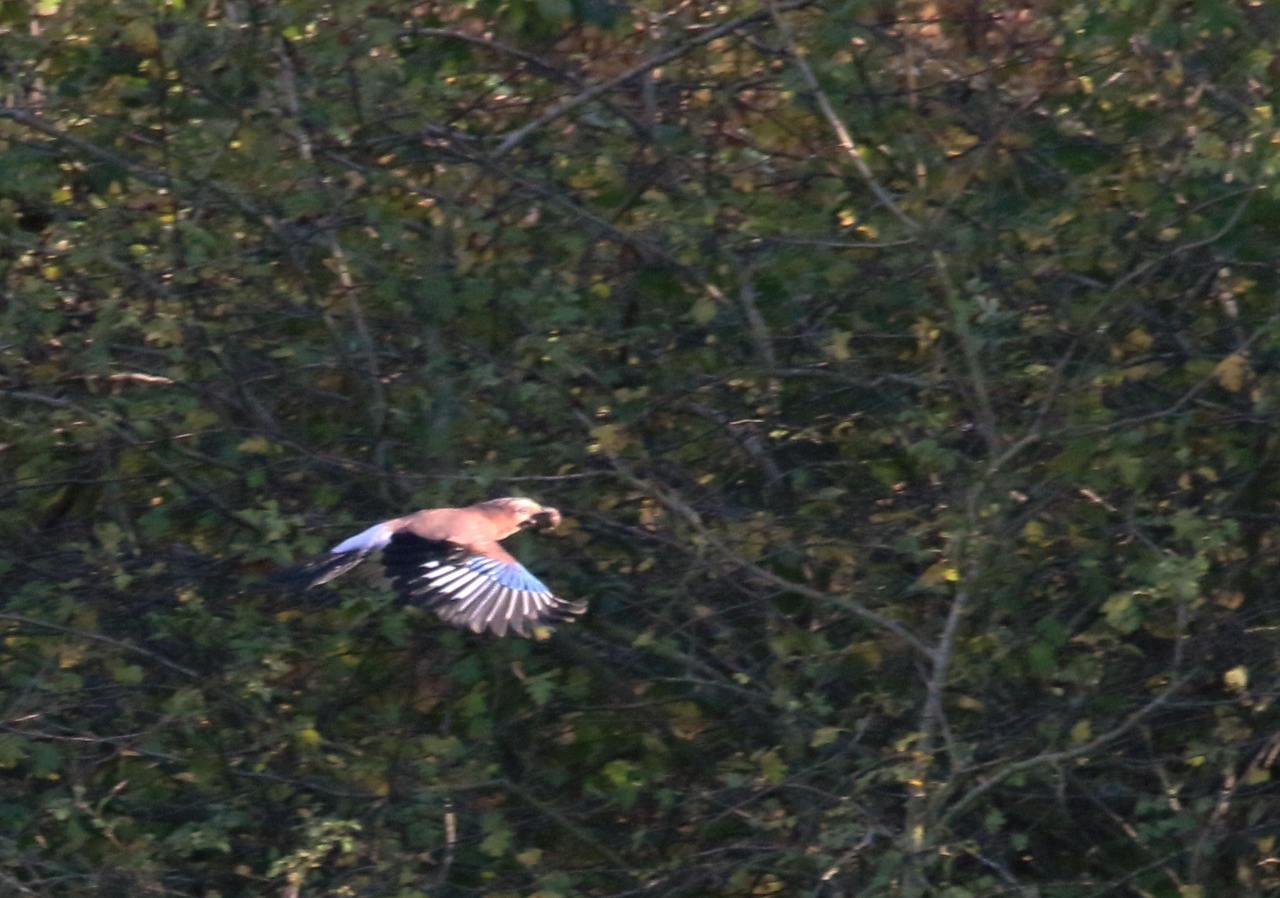
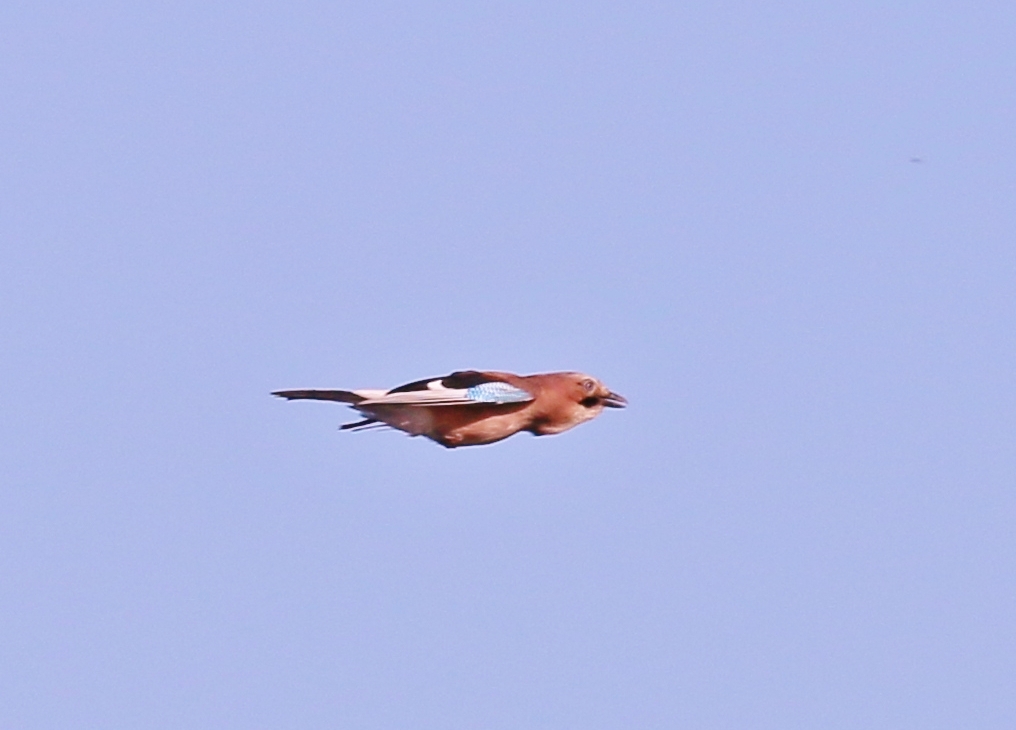
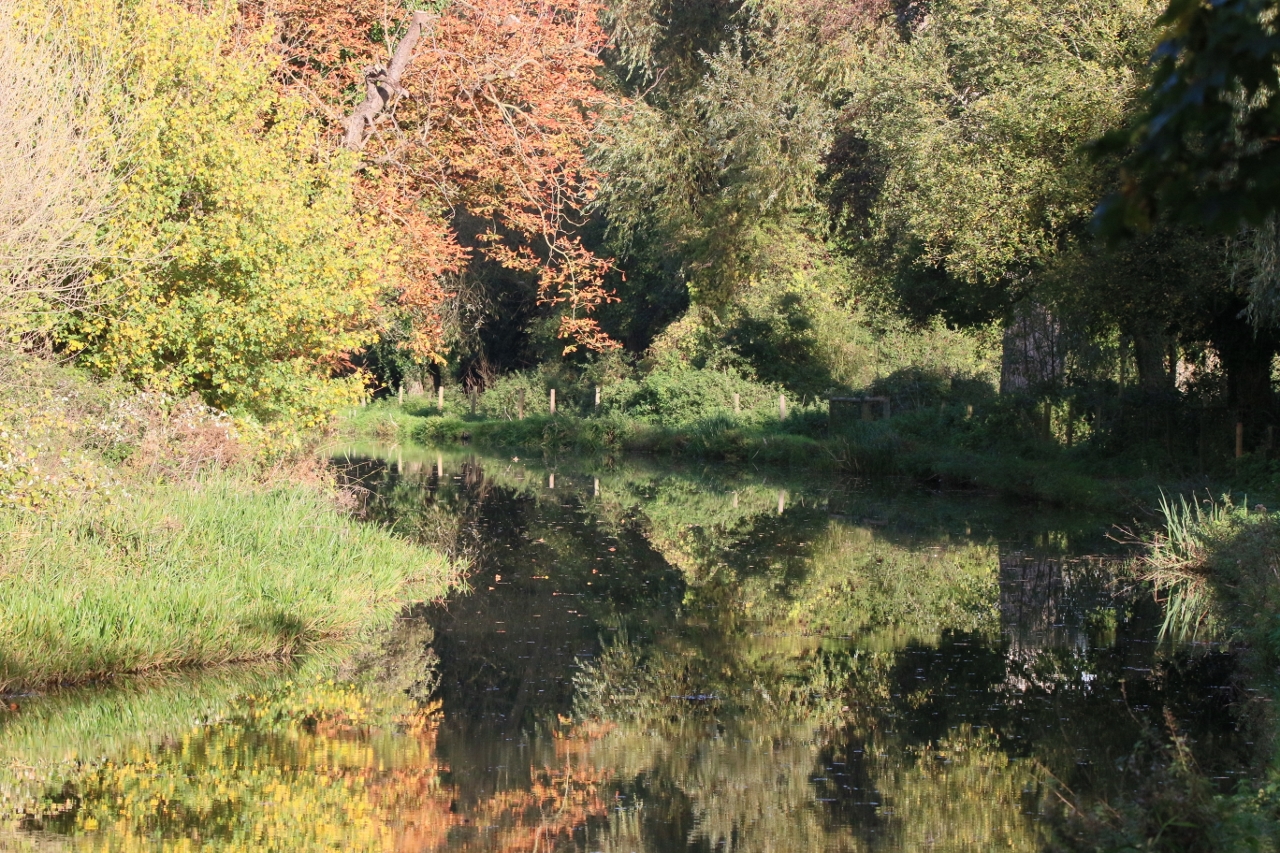

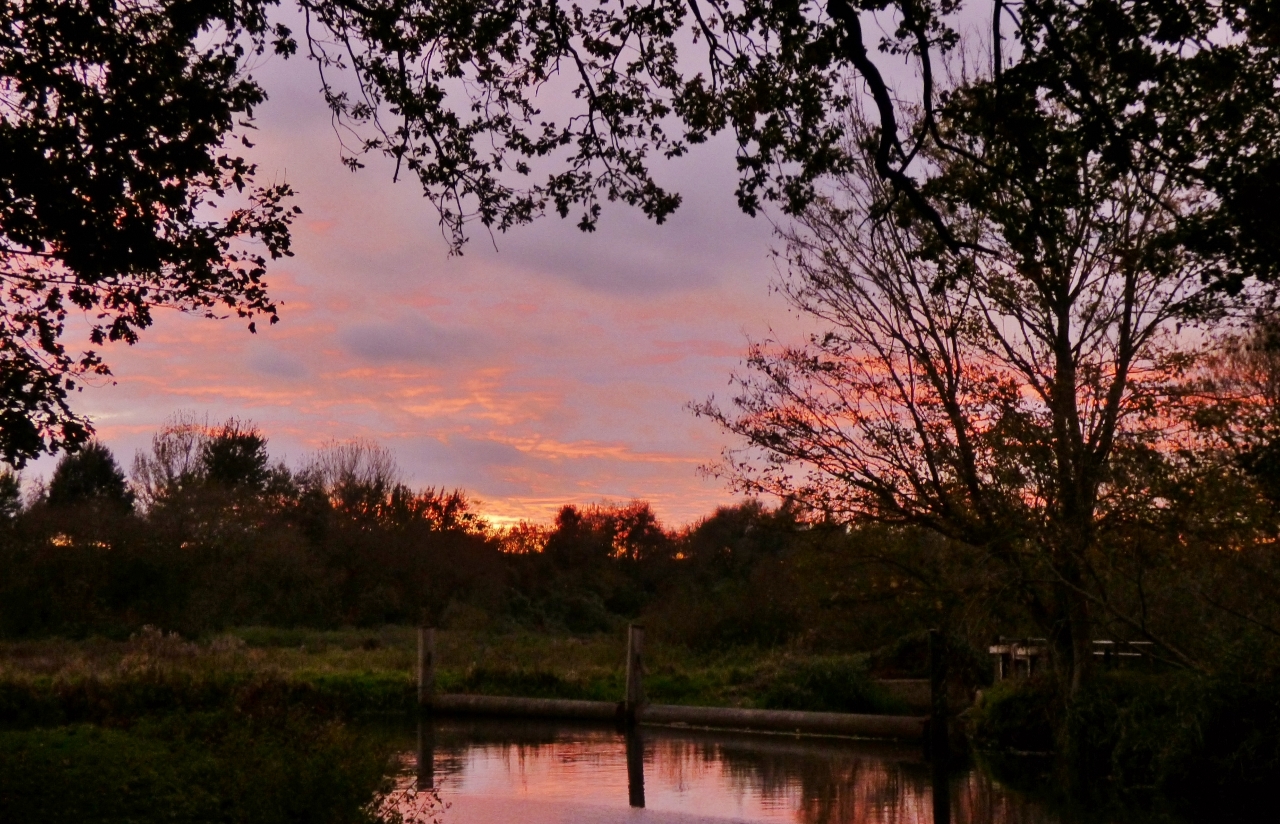




Recent Comments